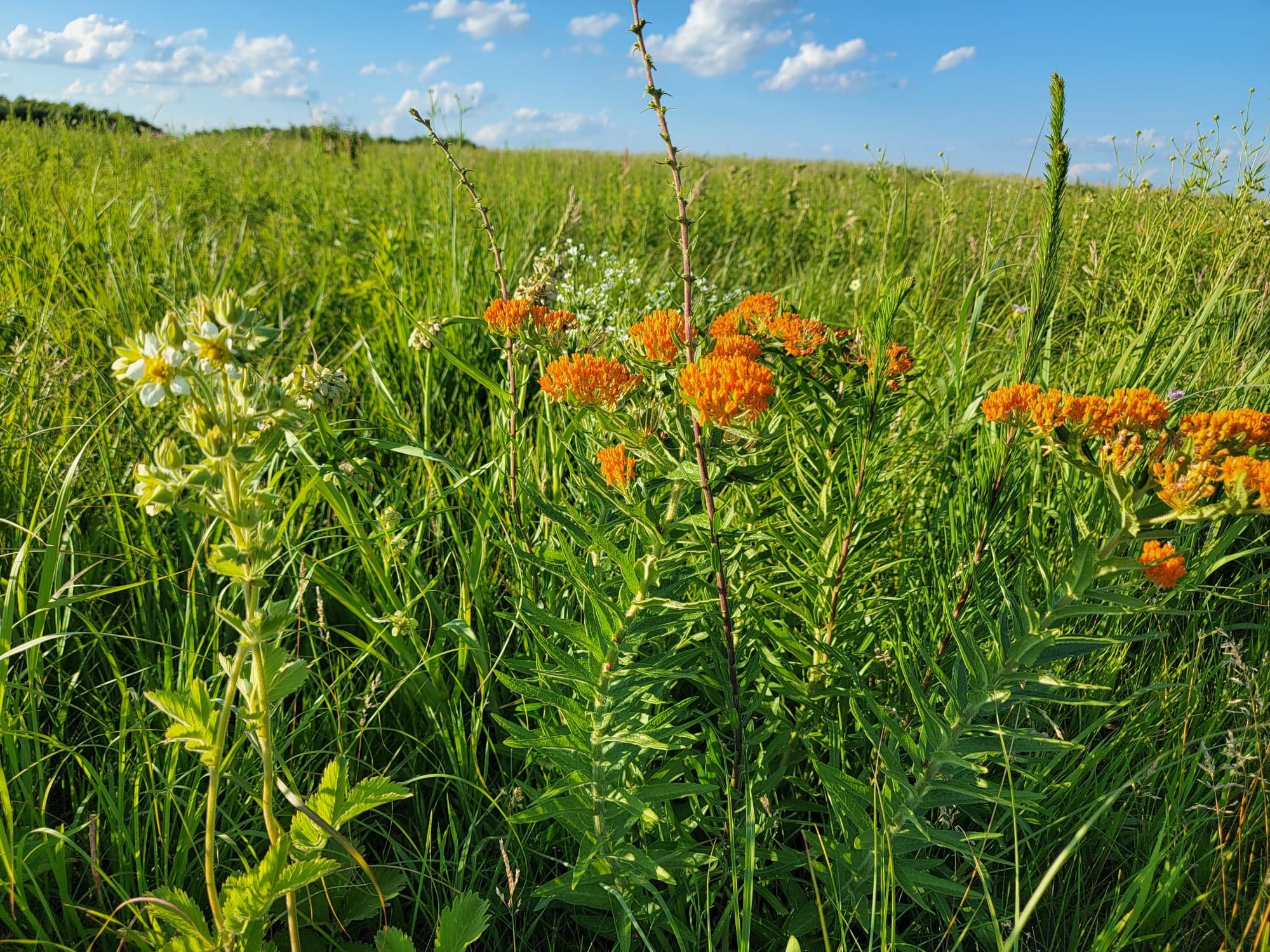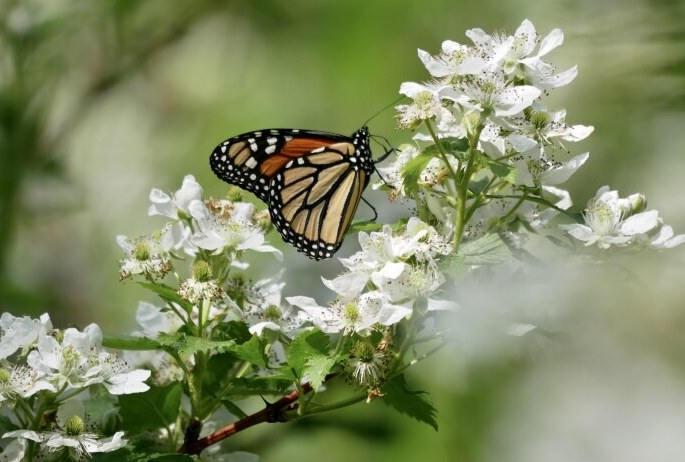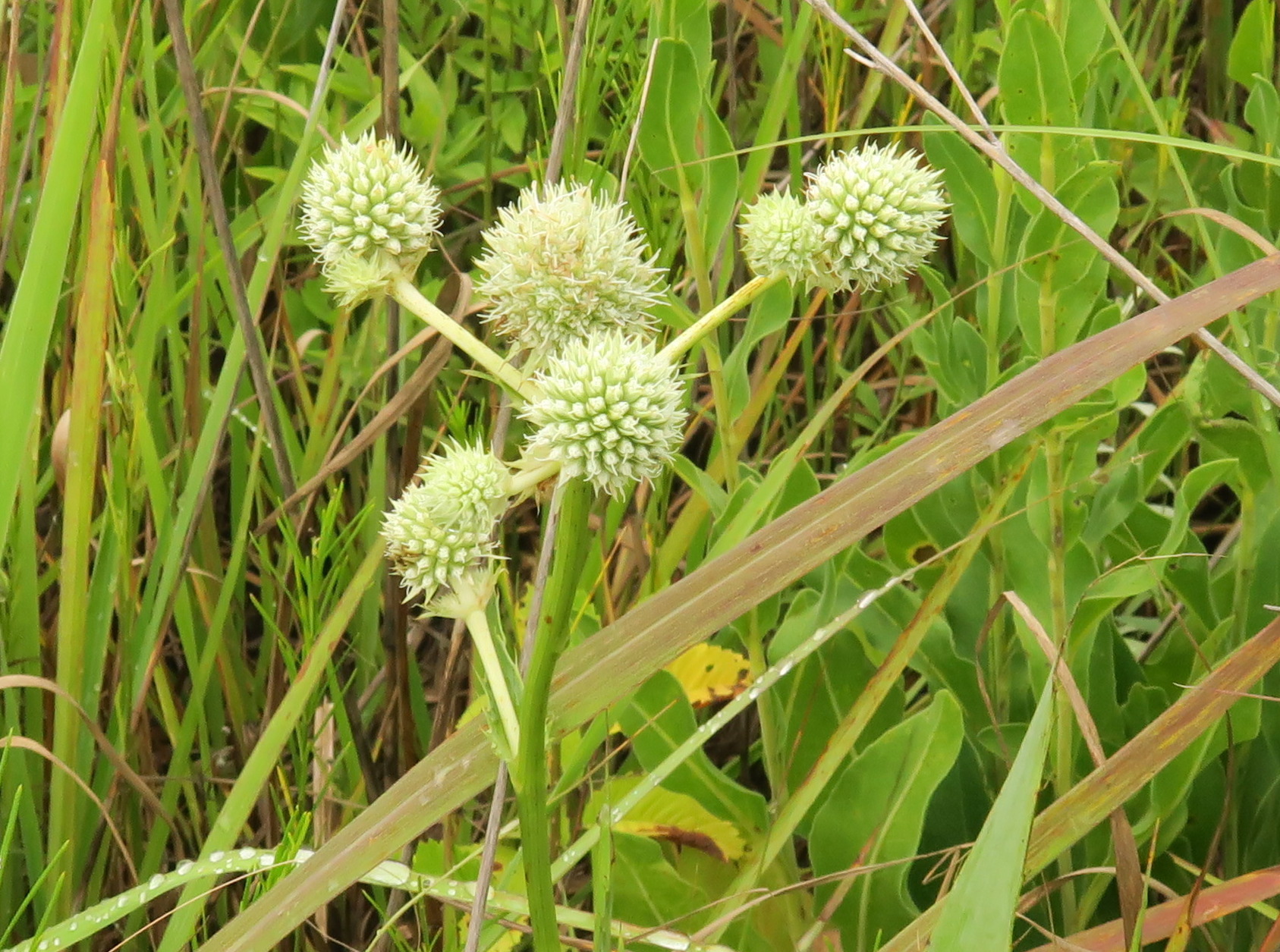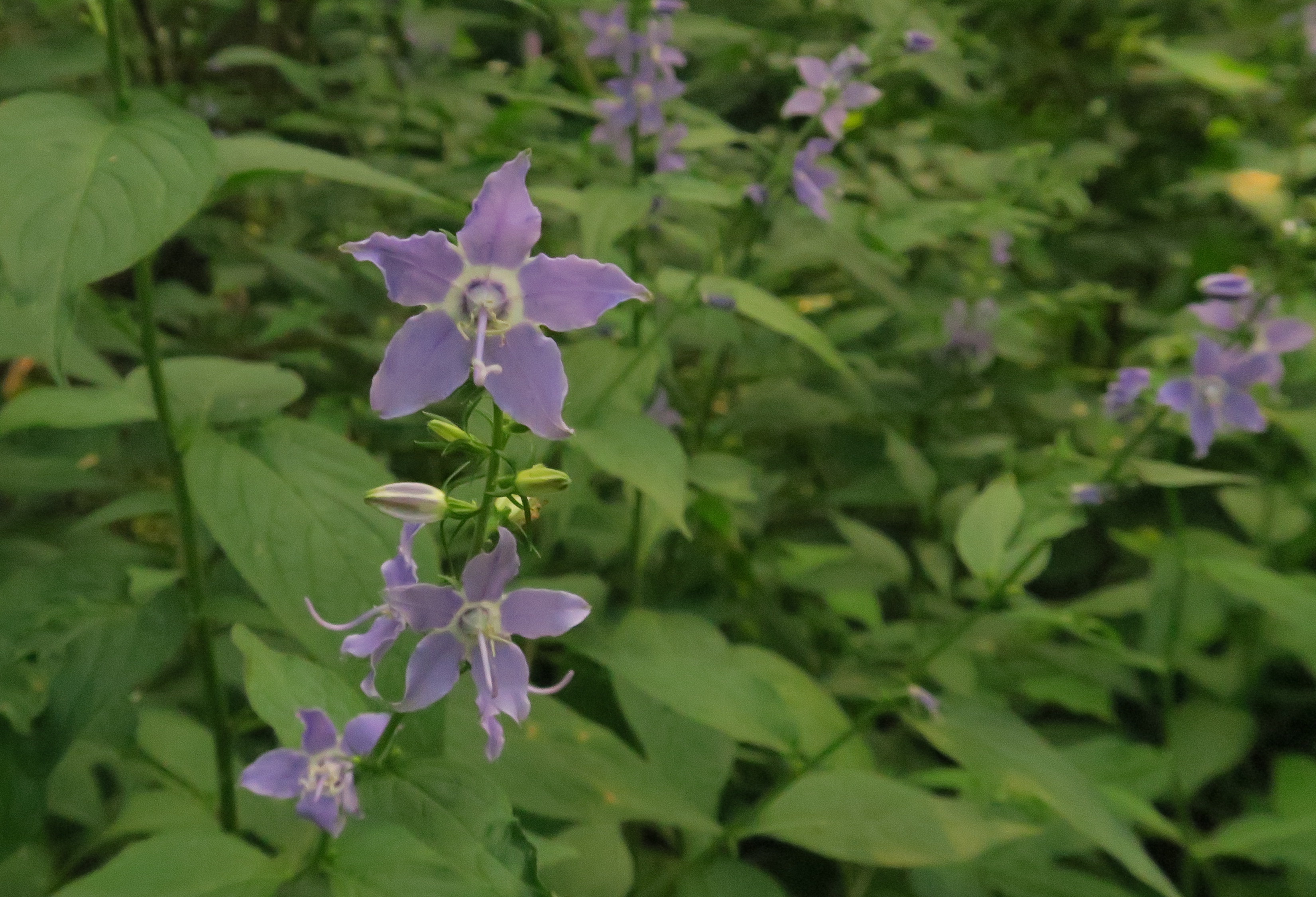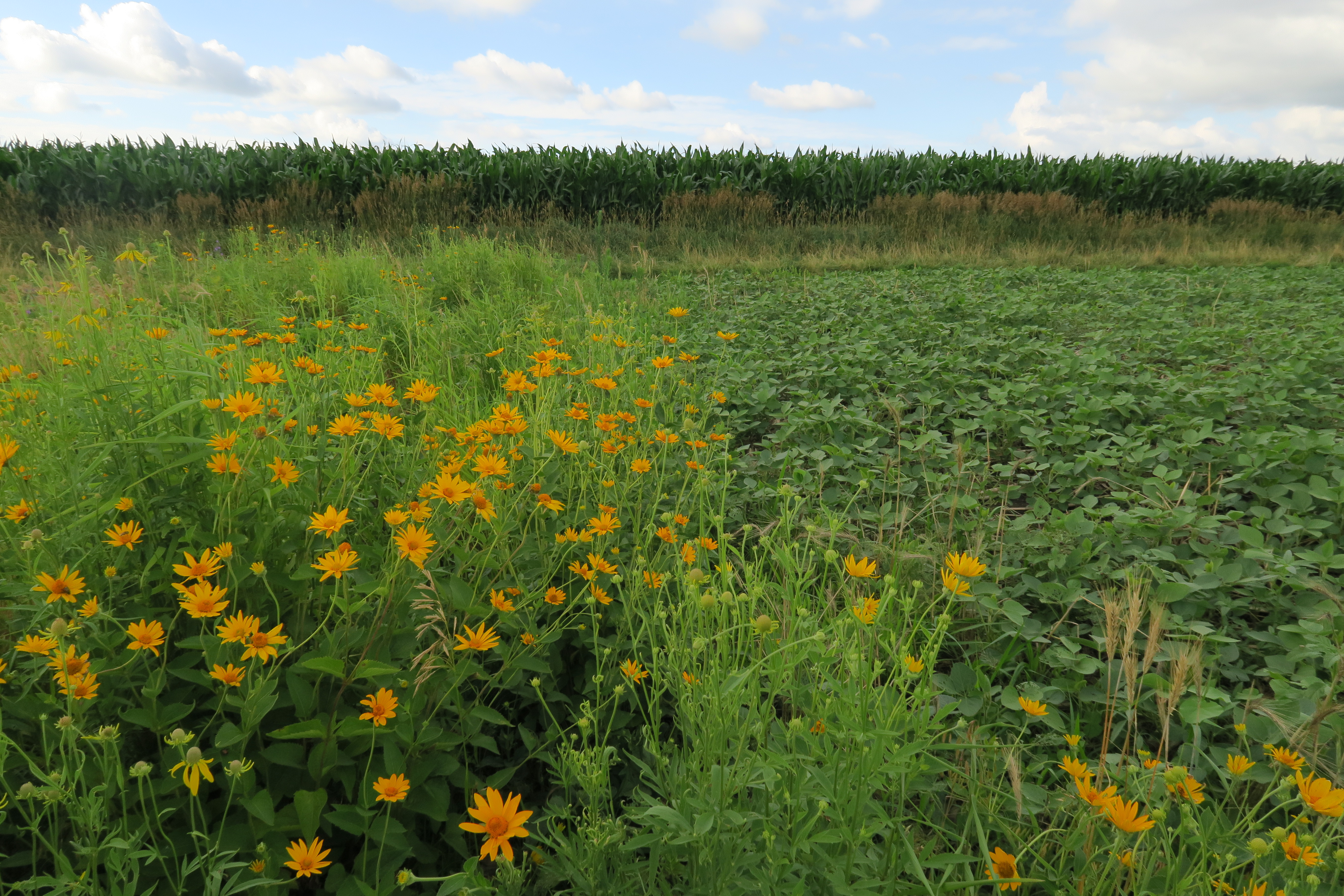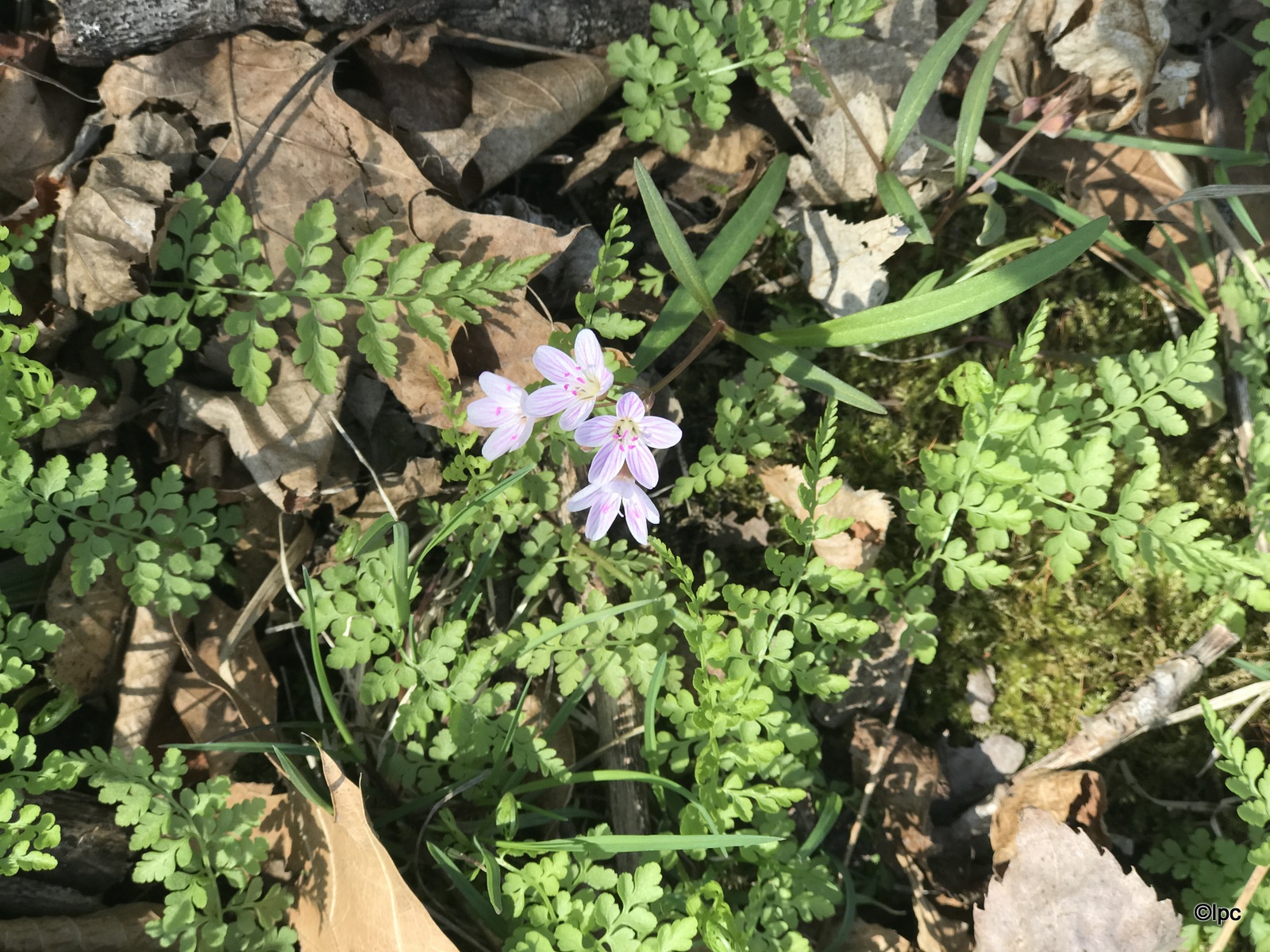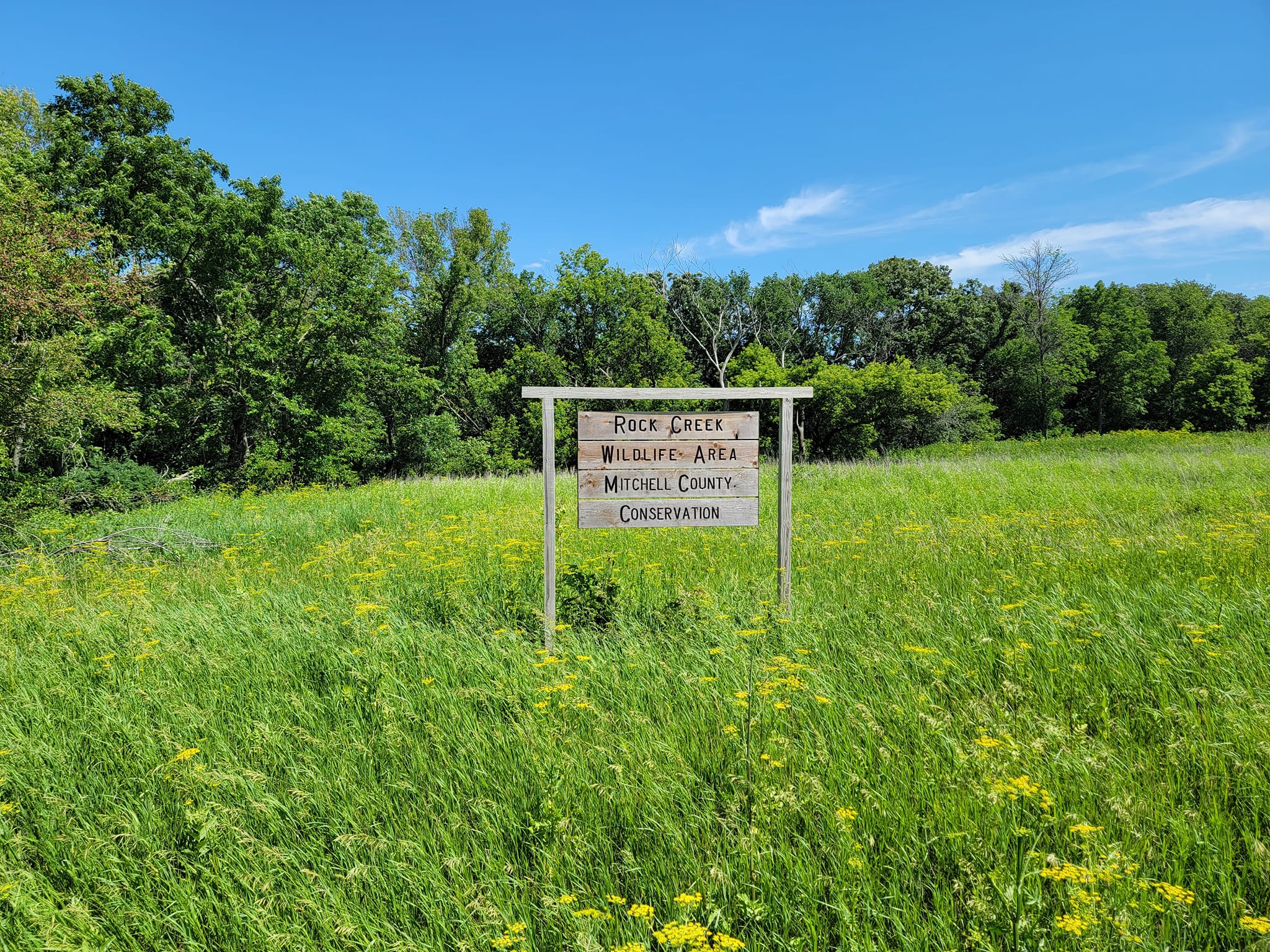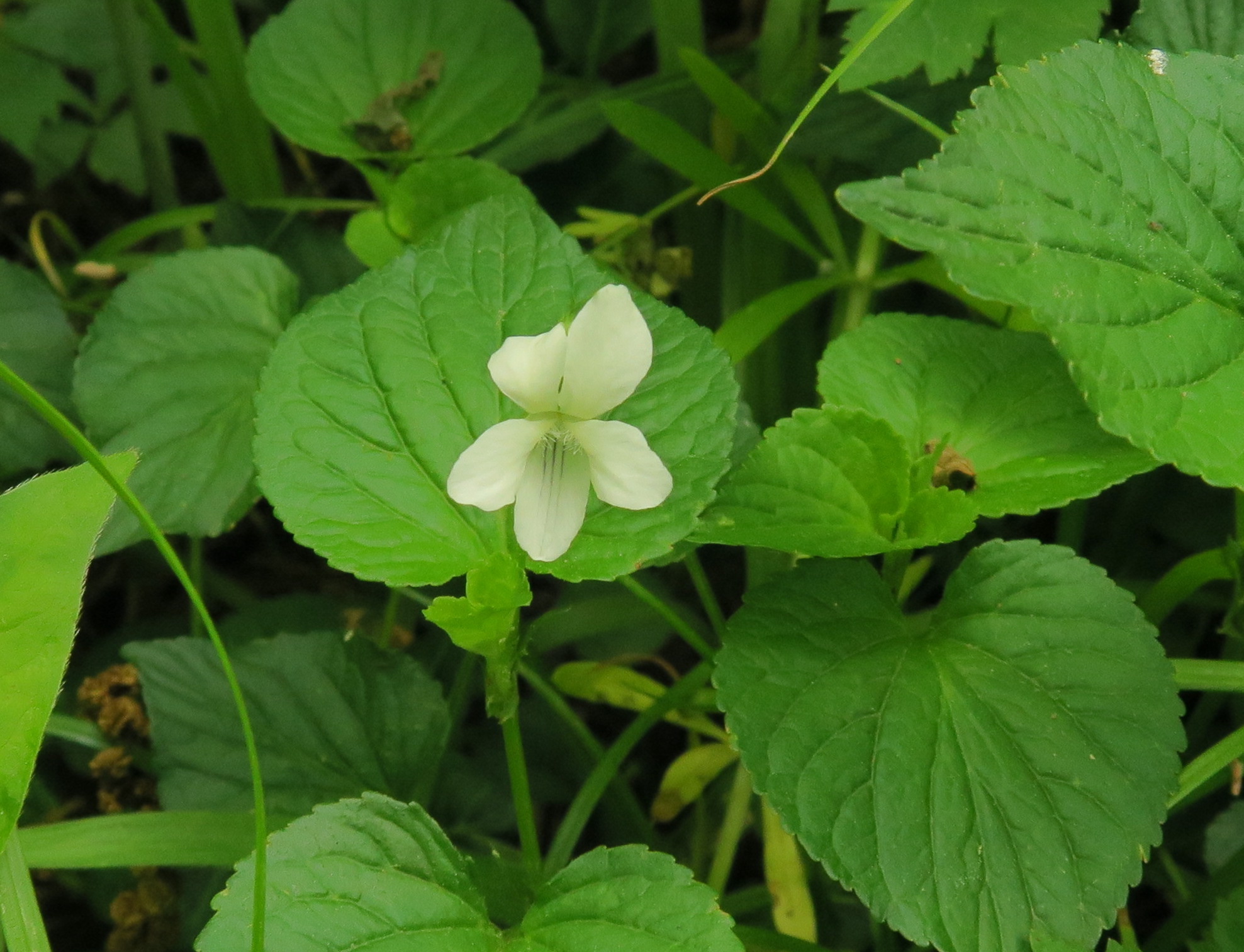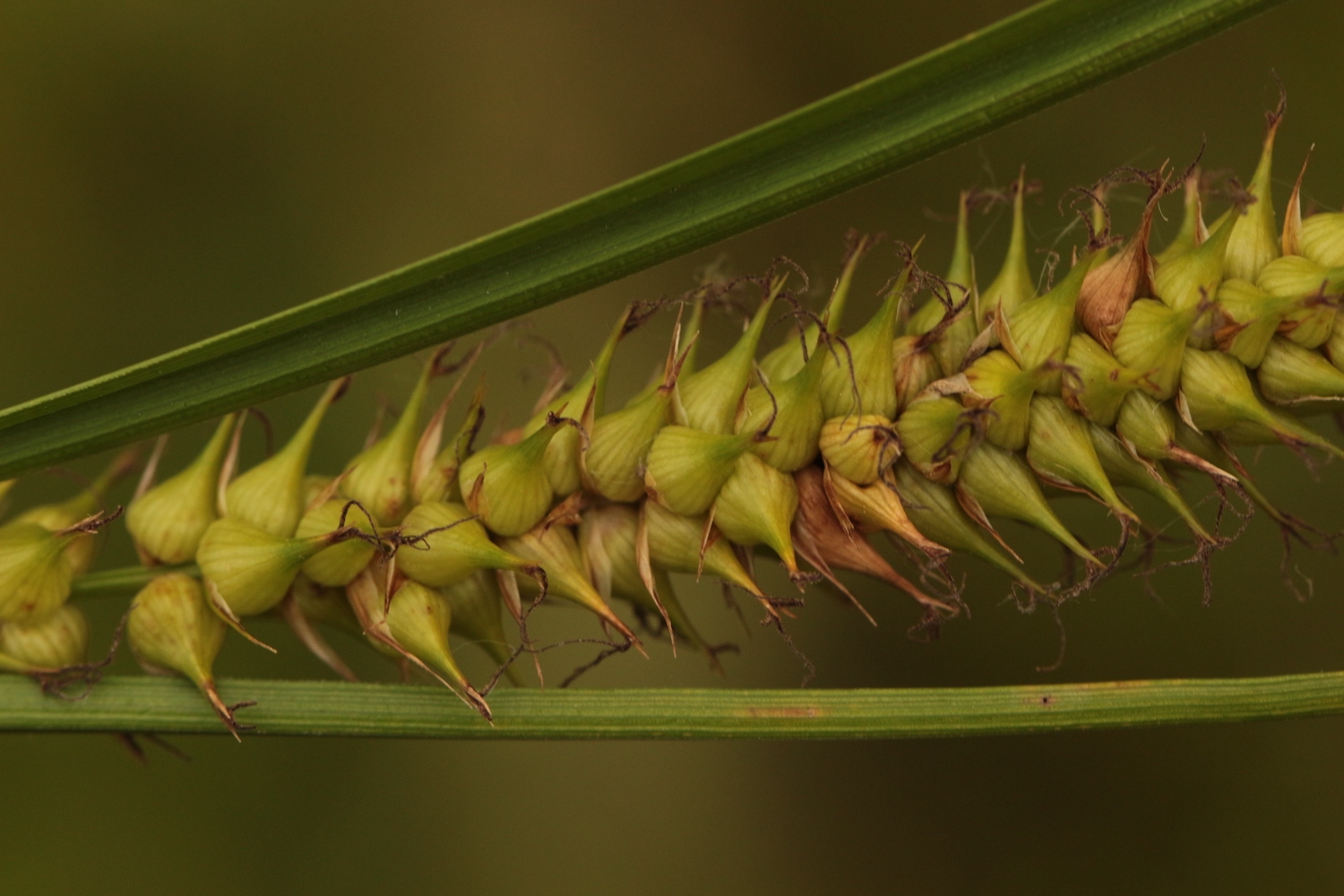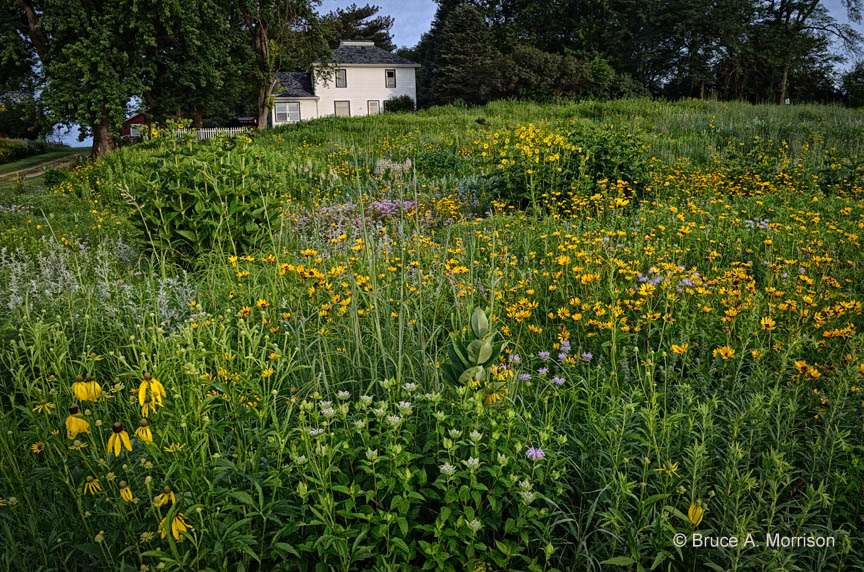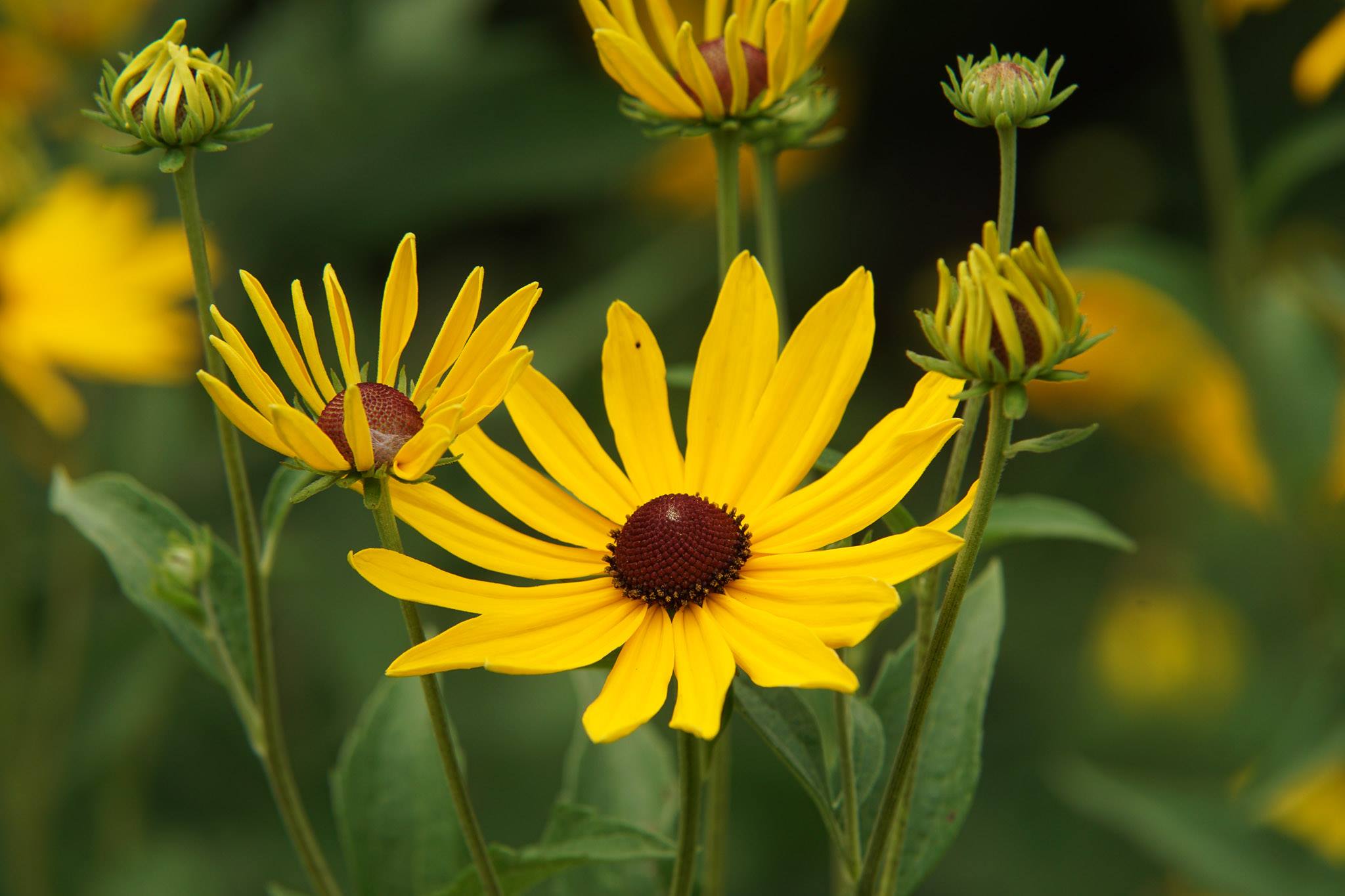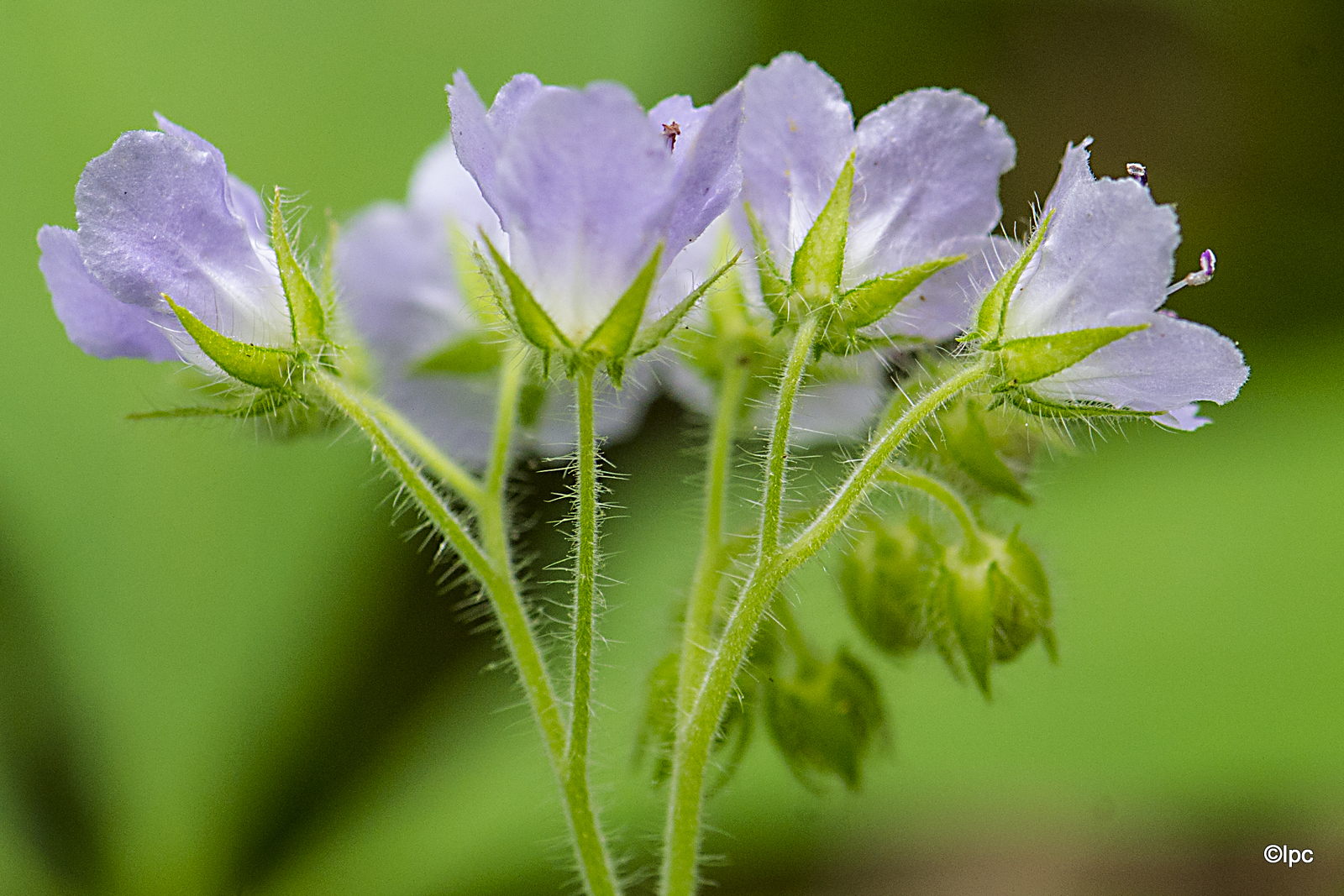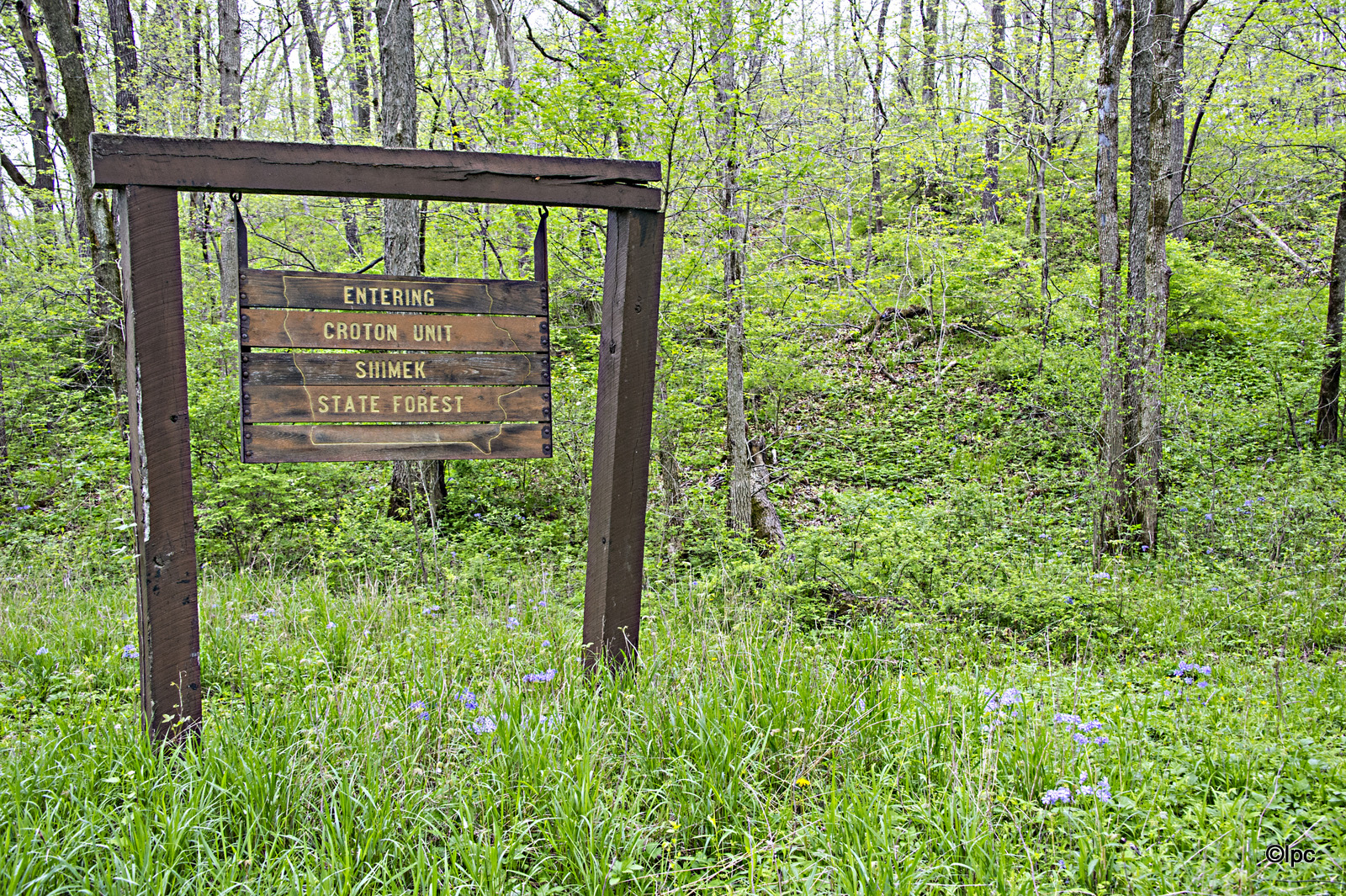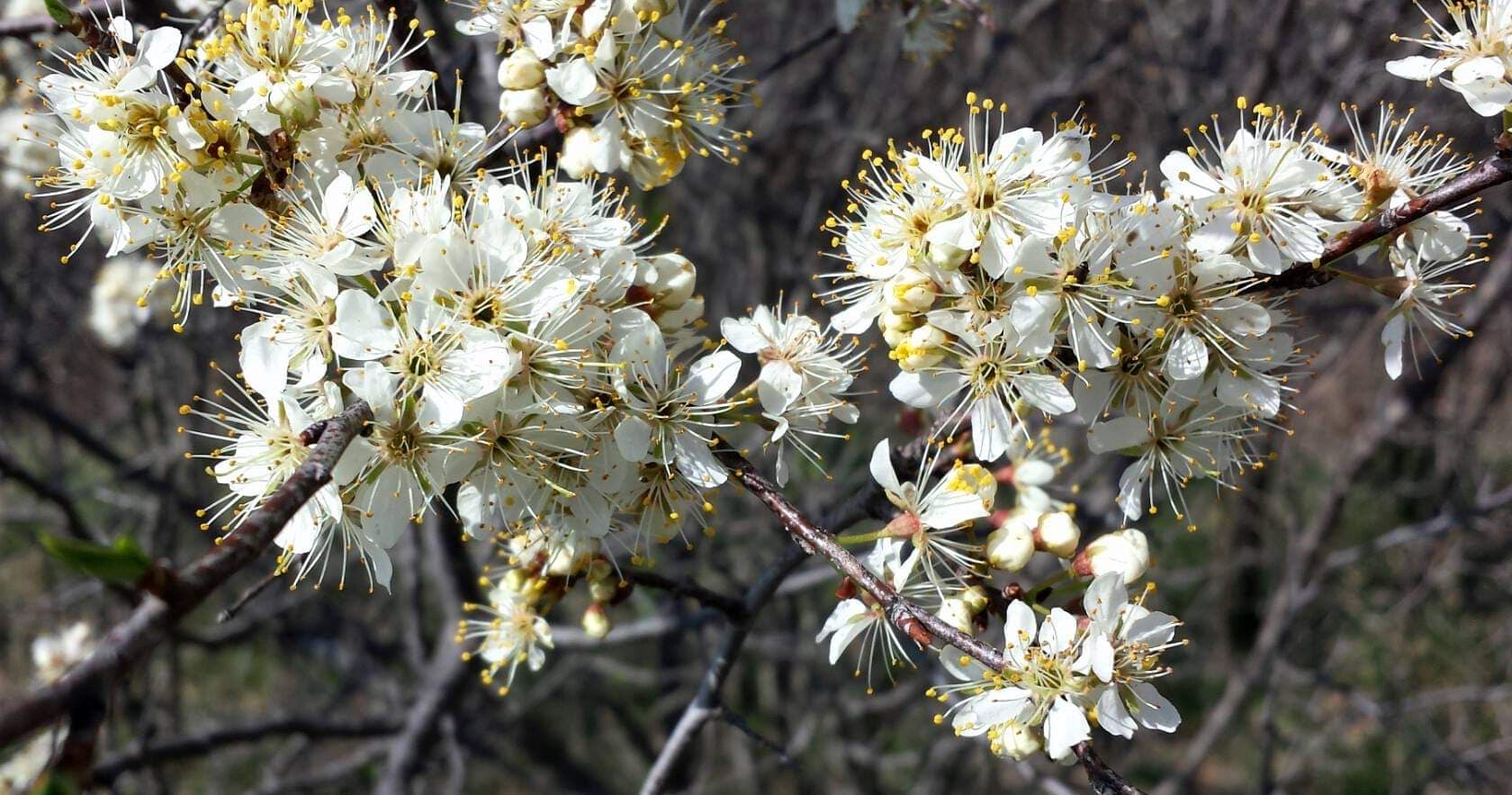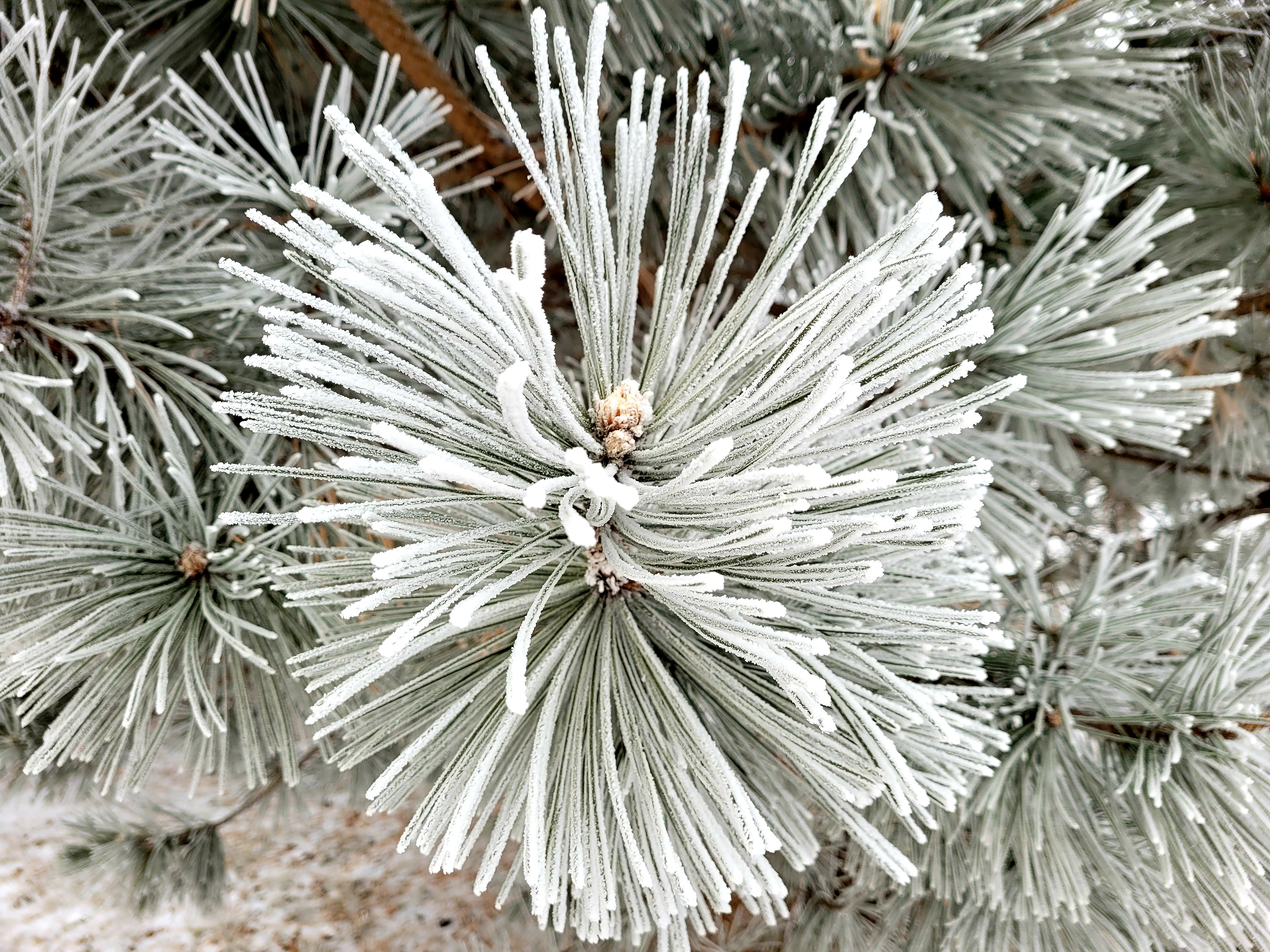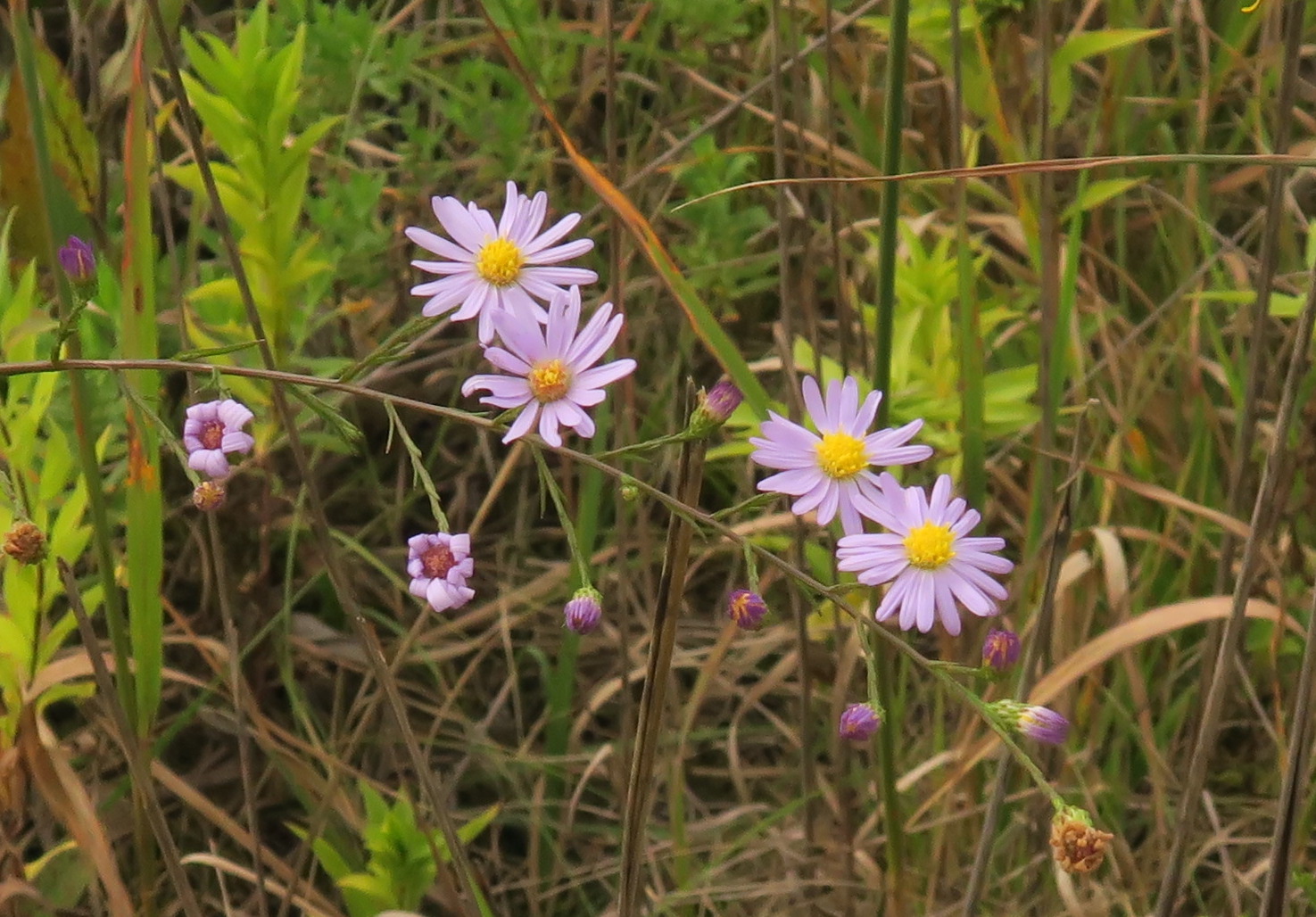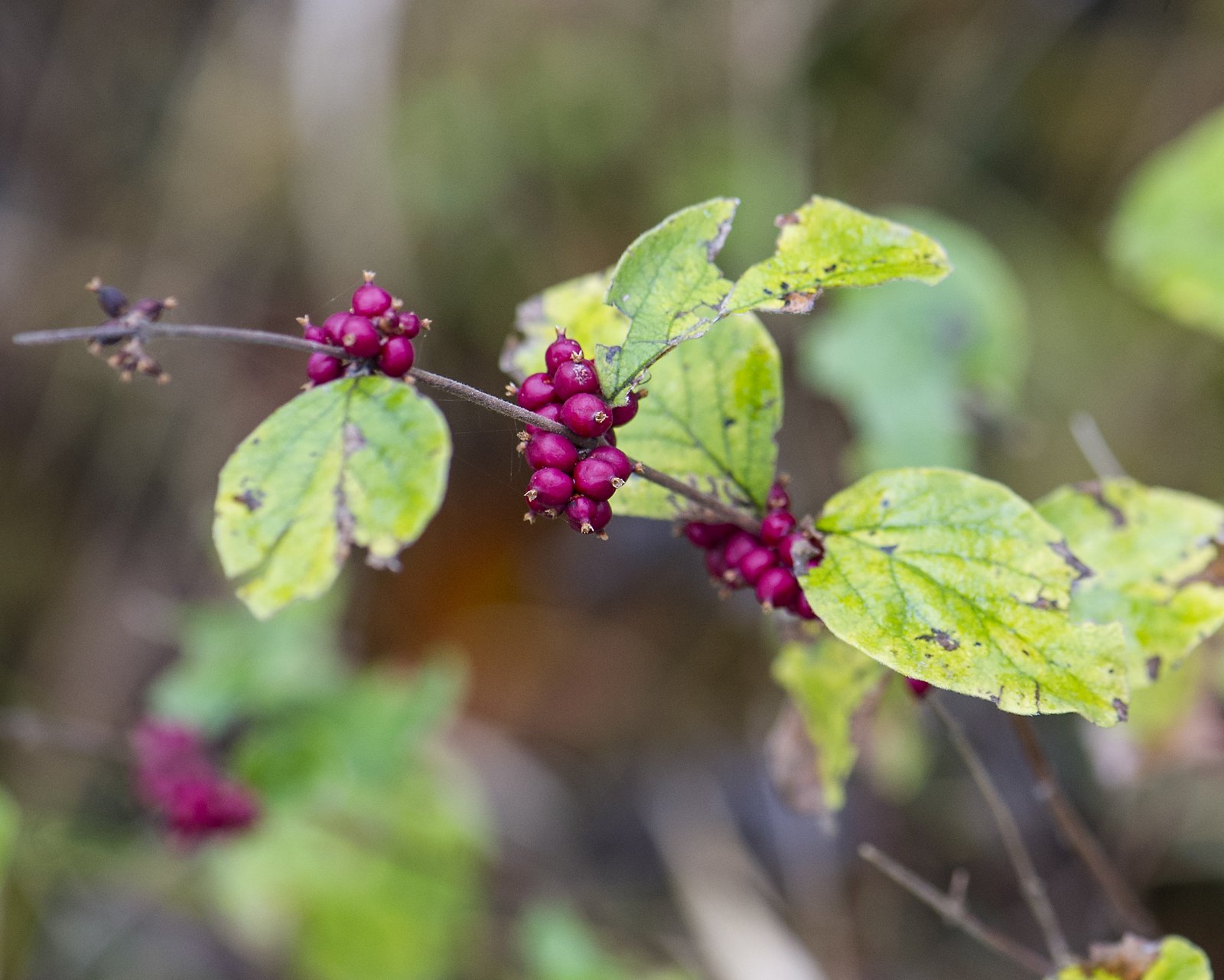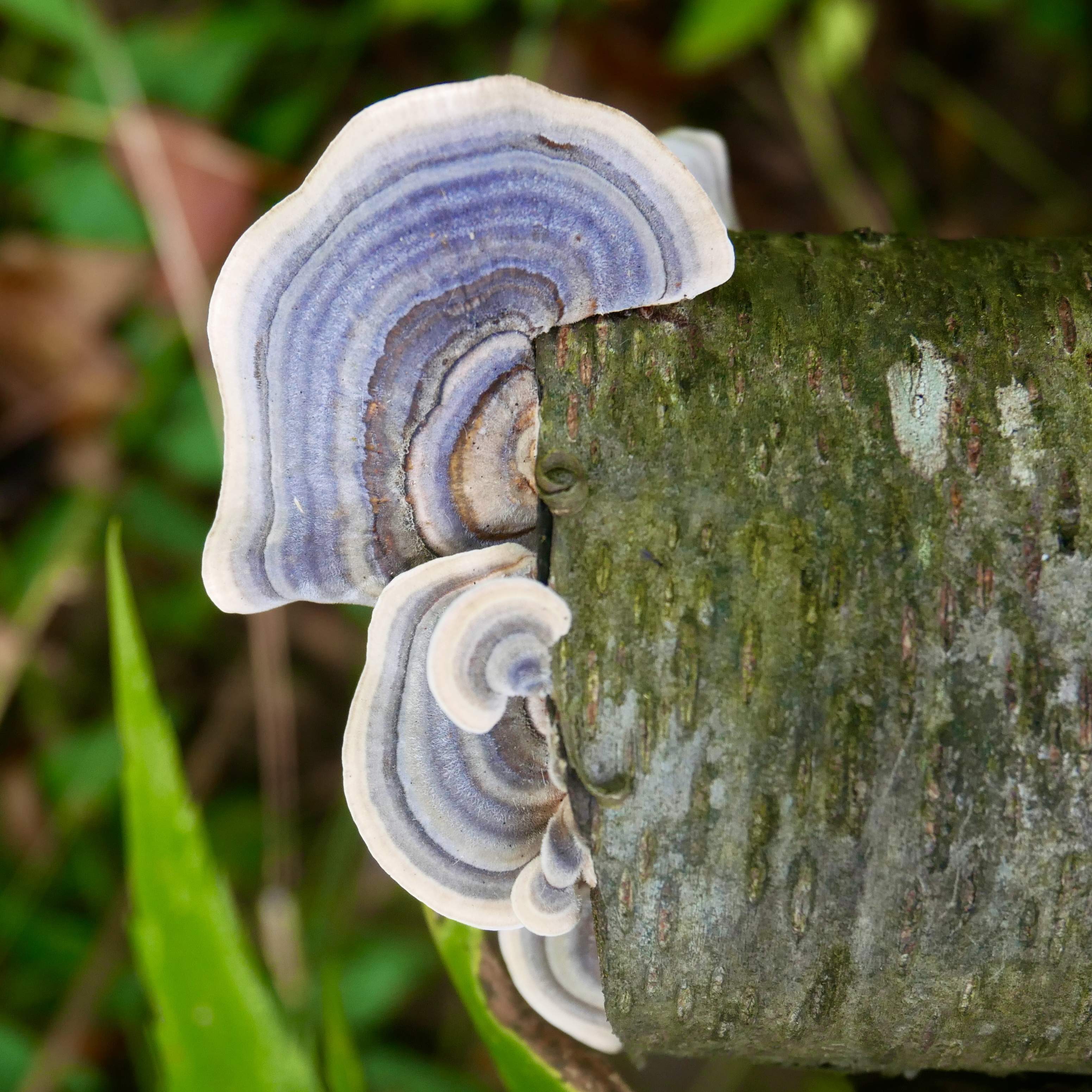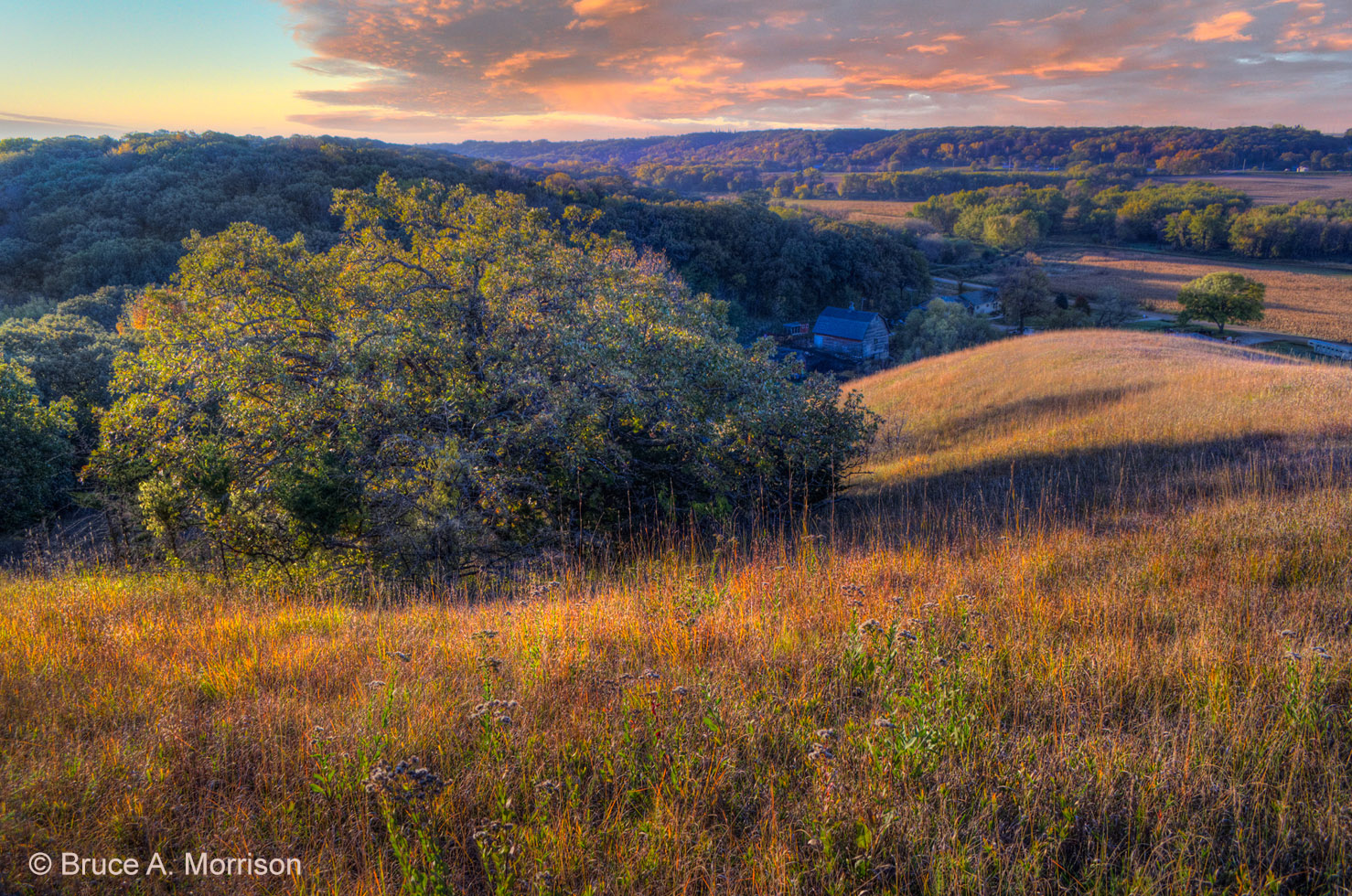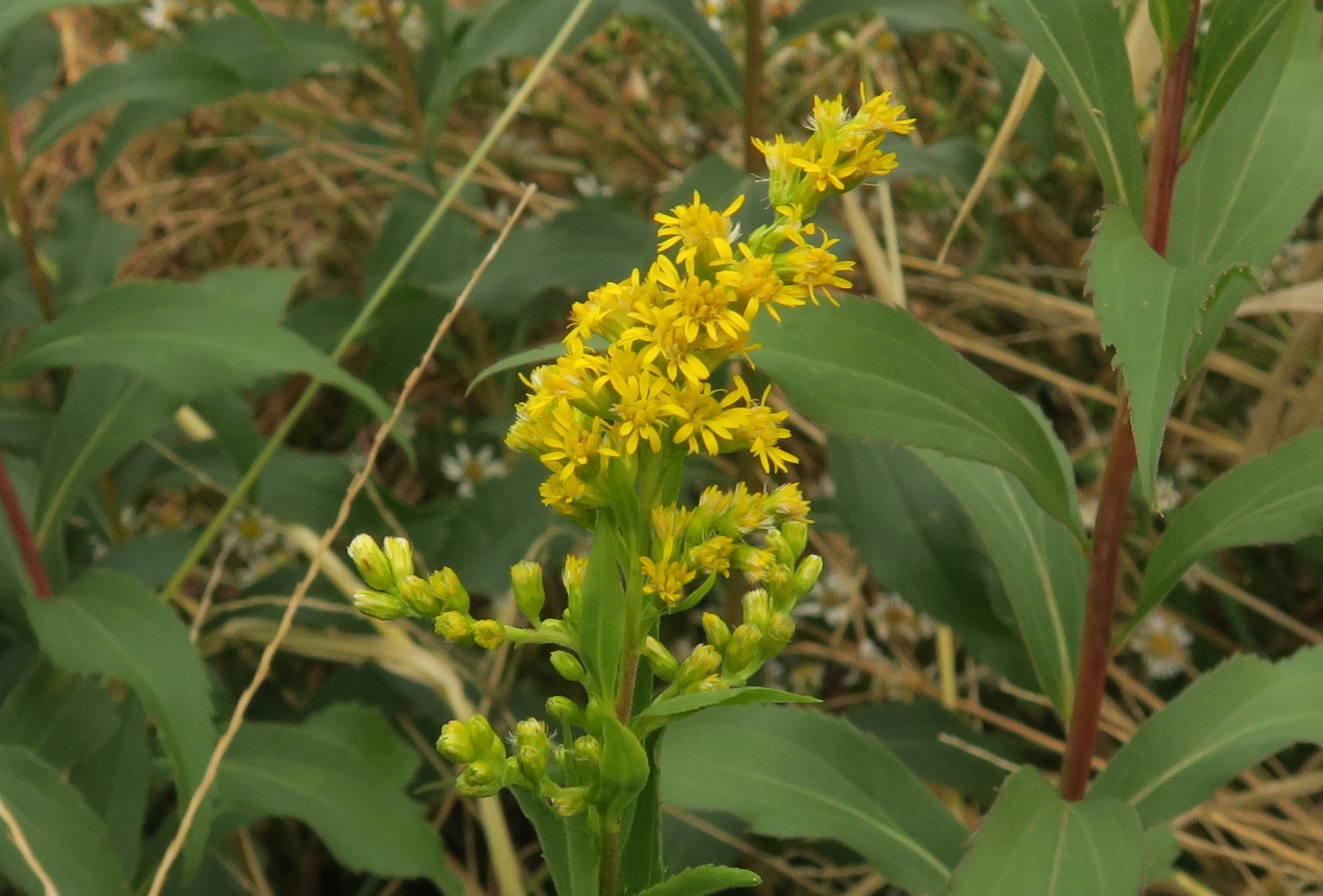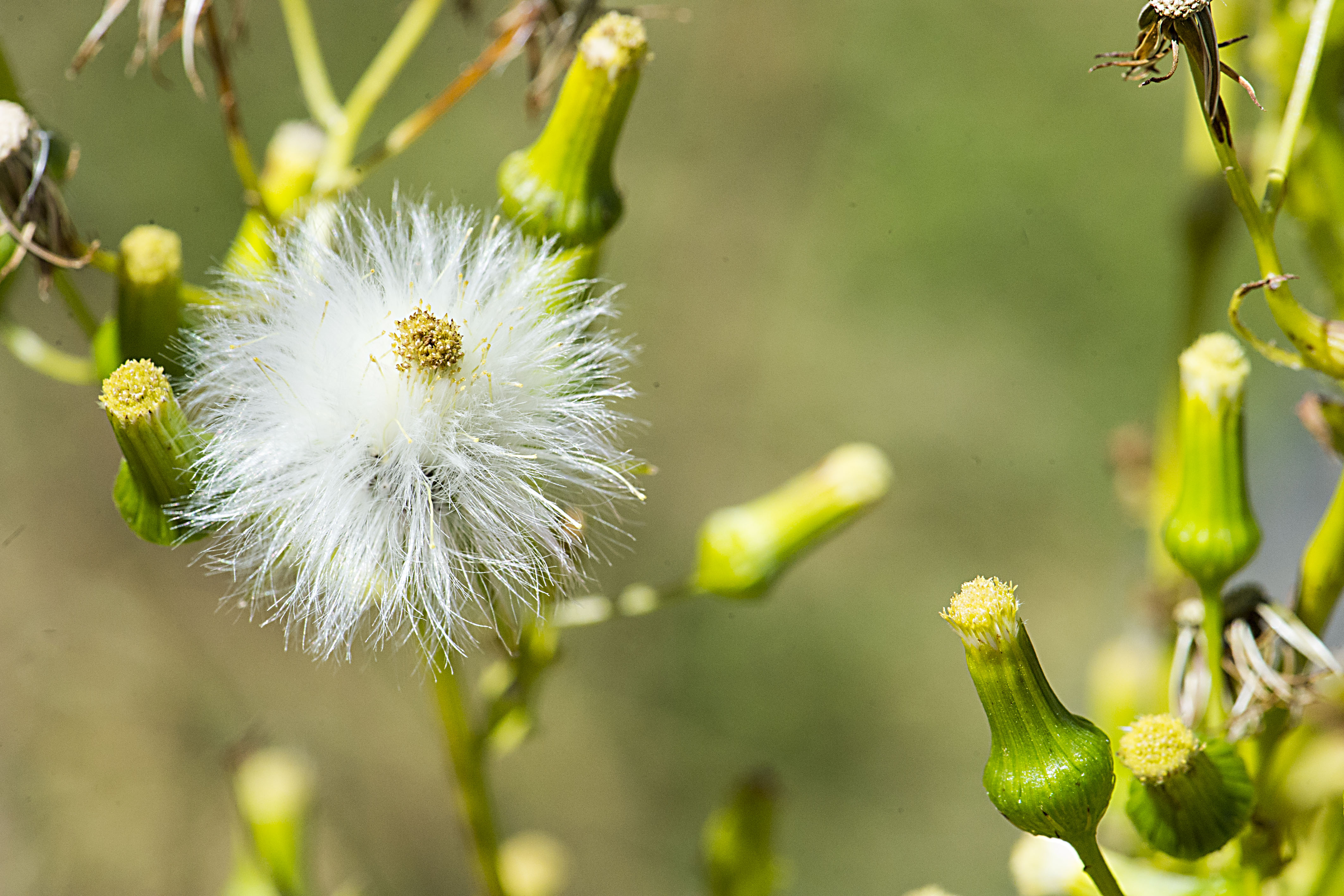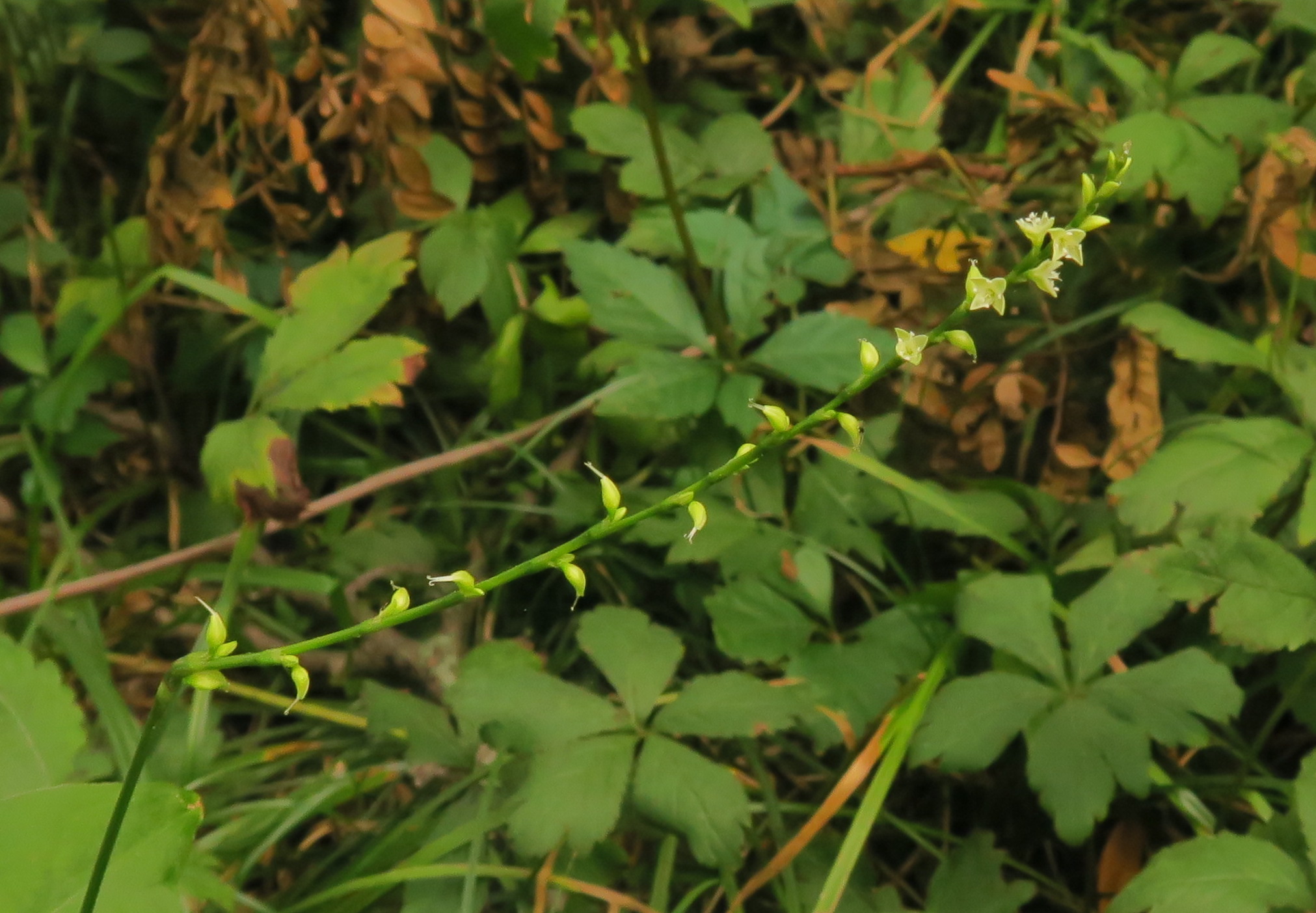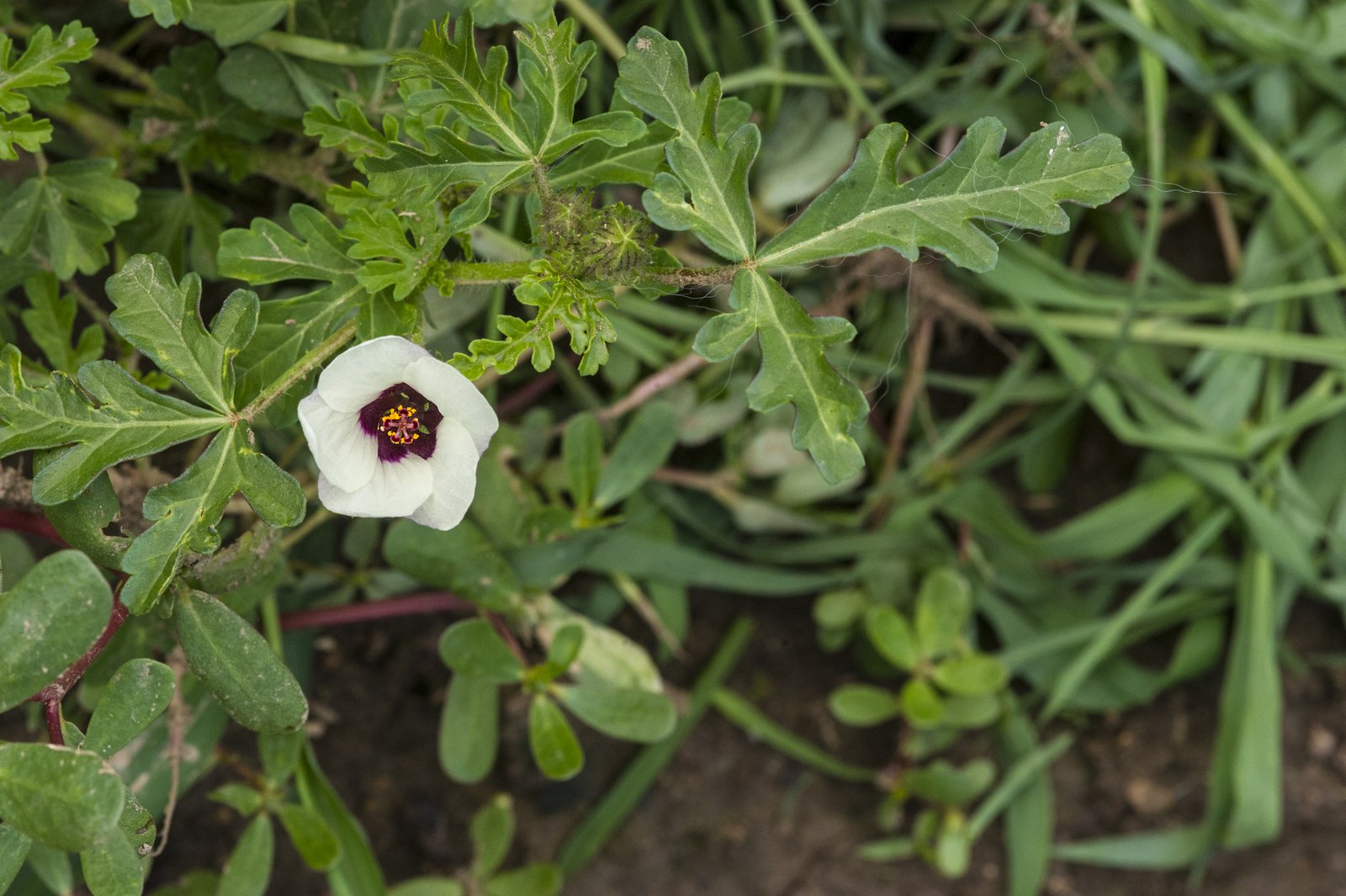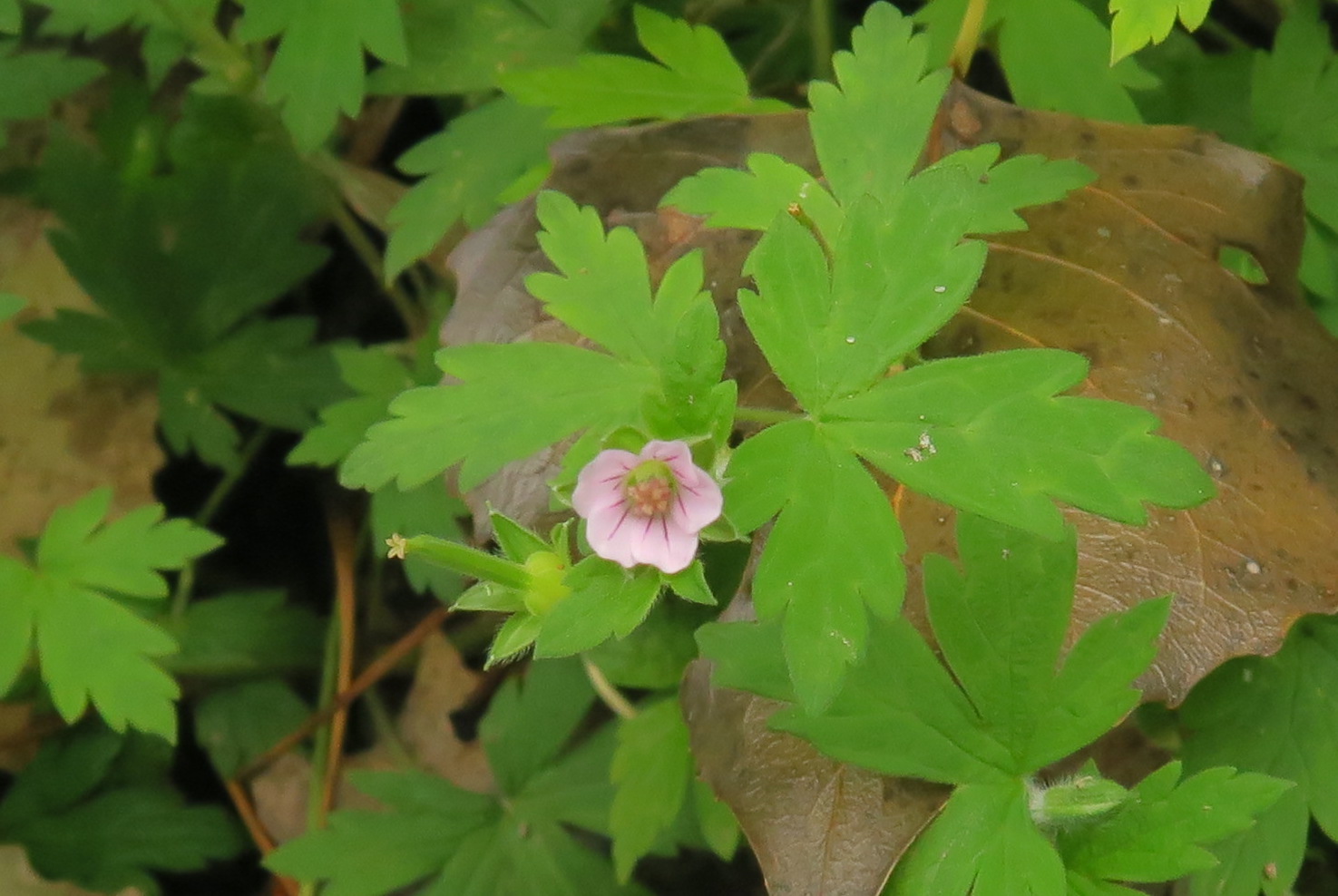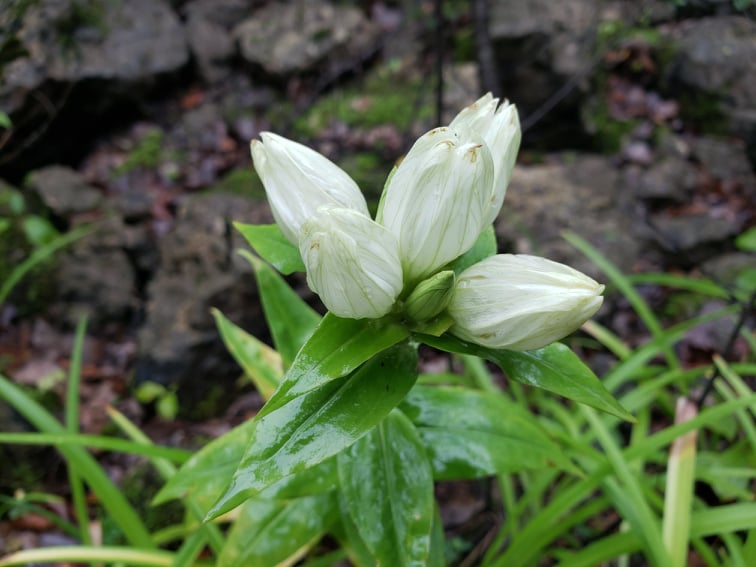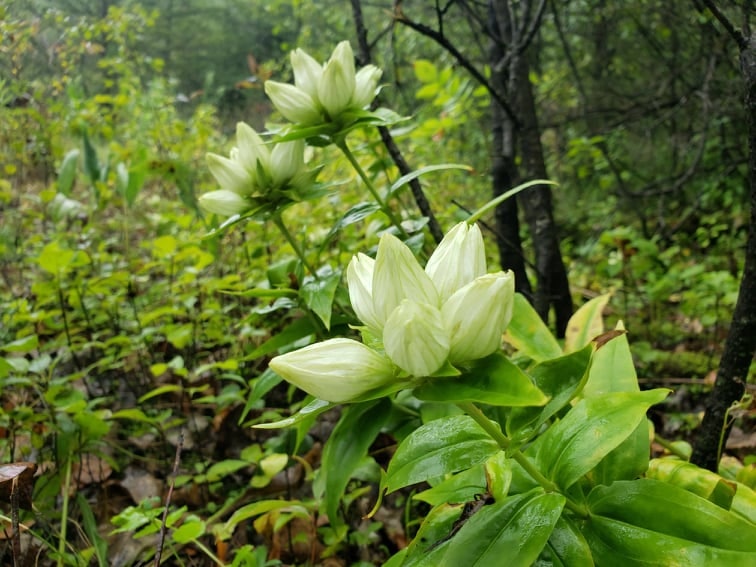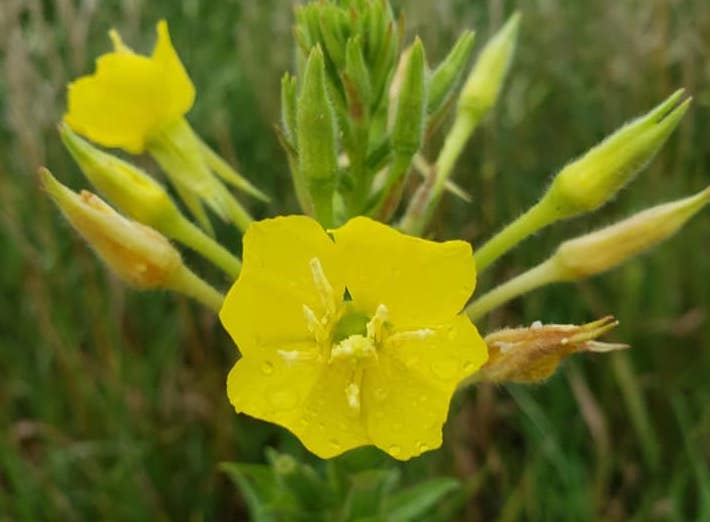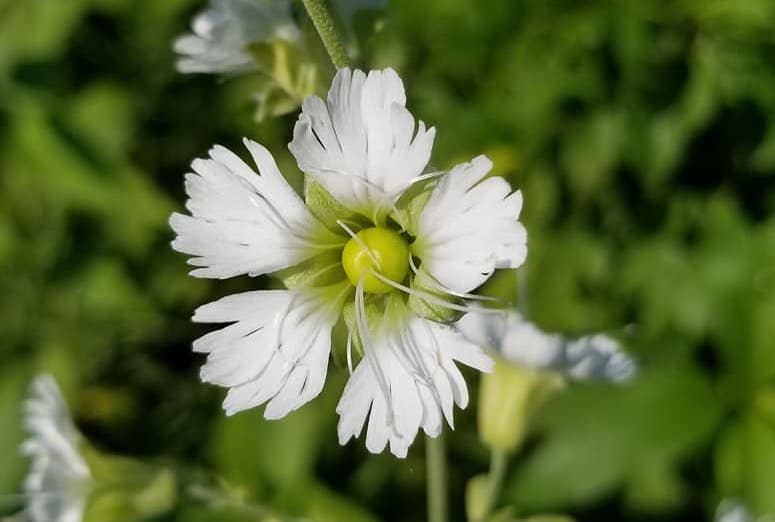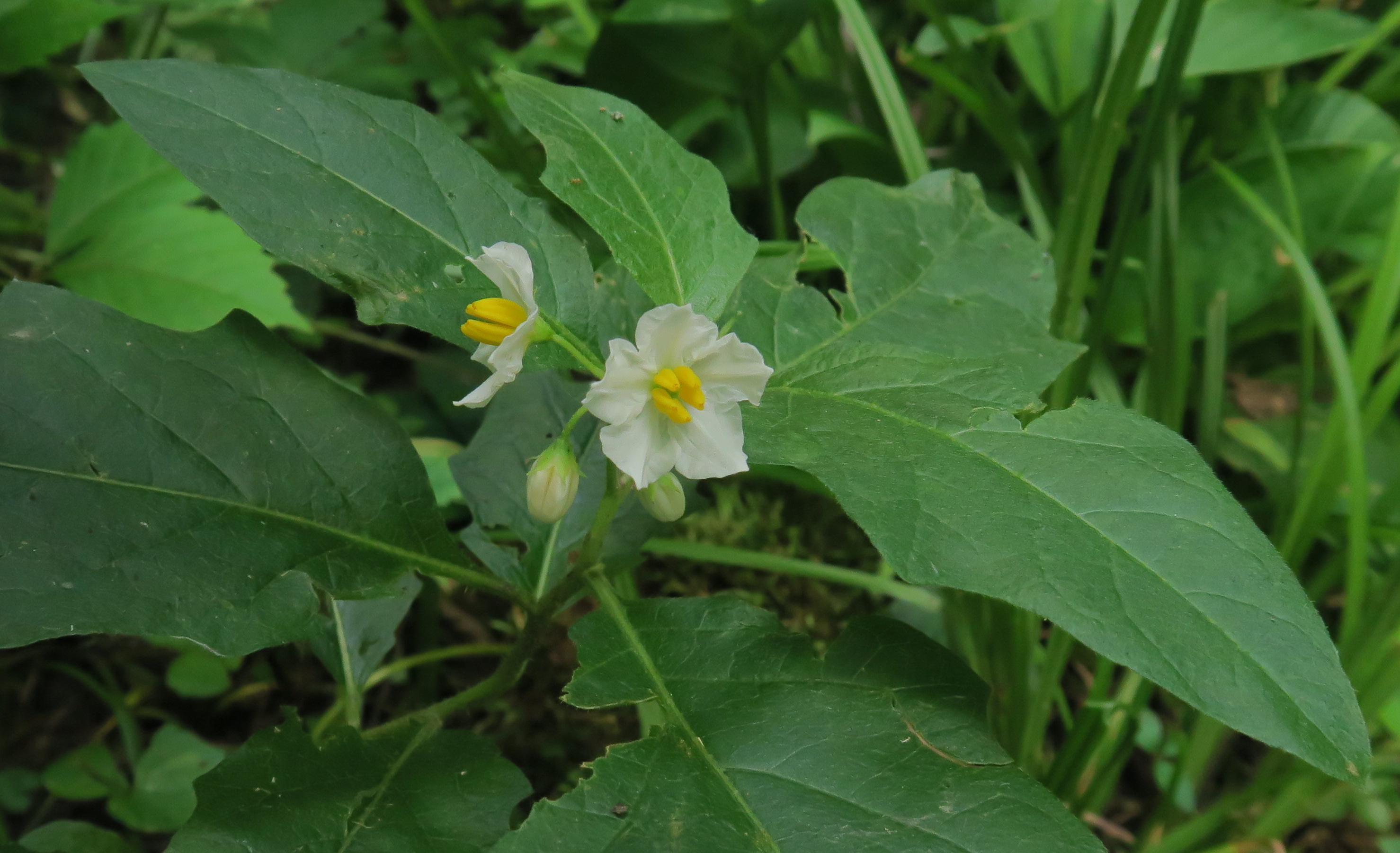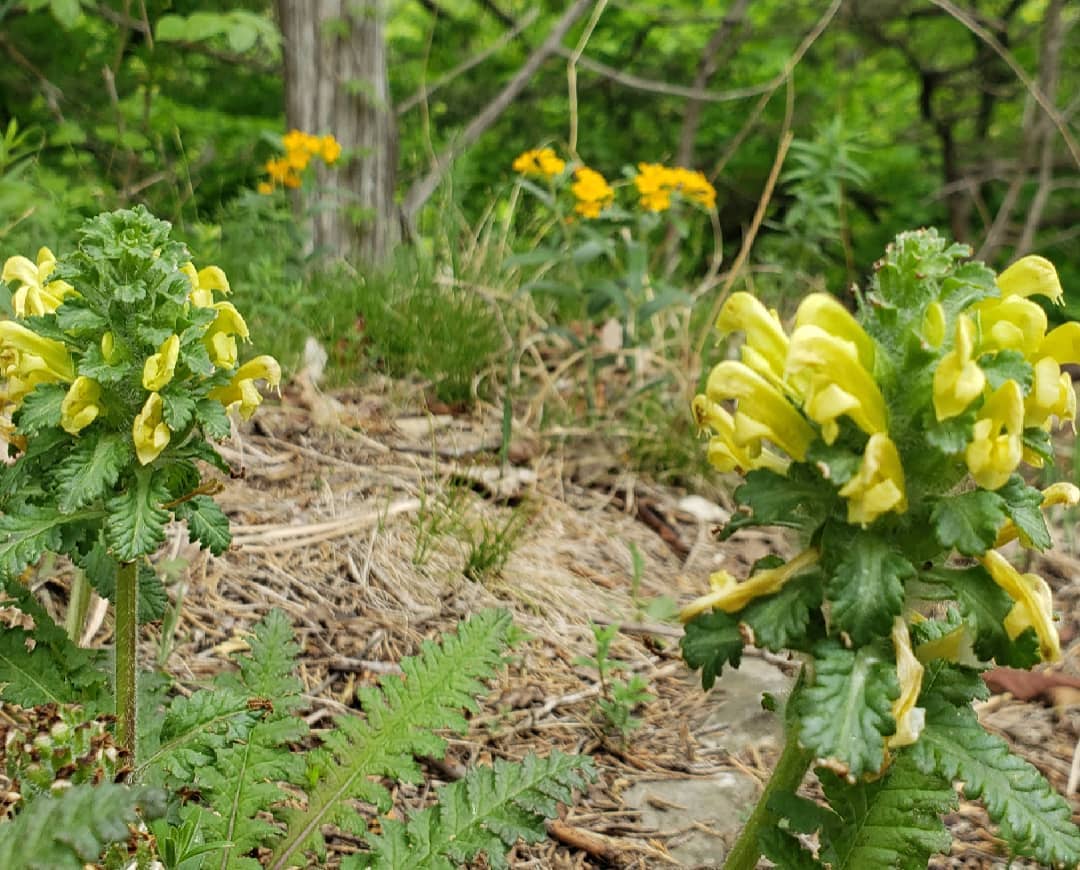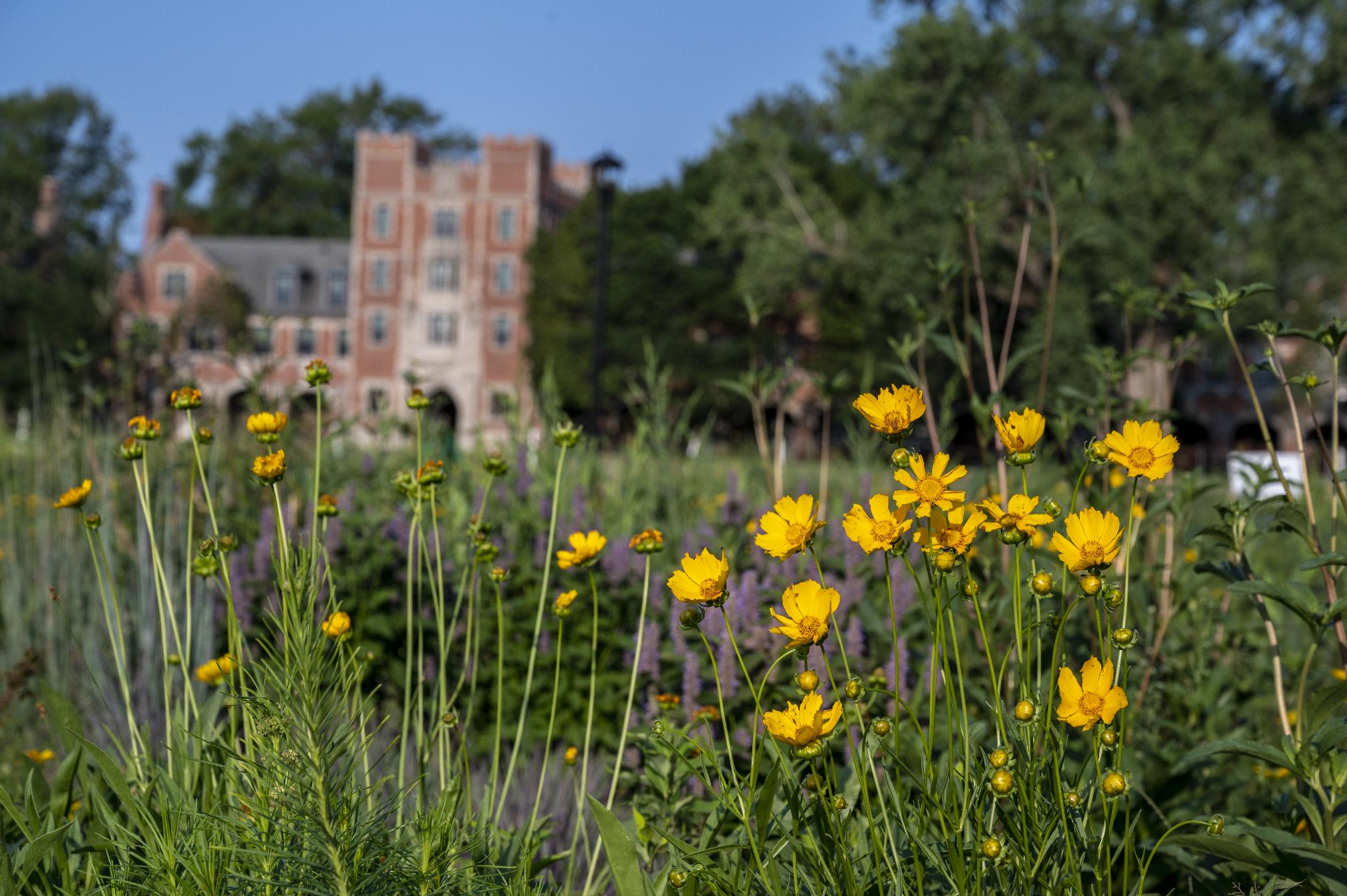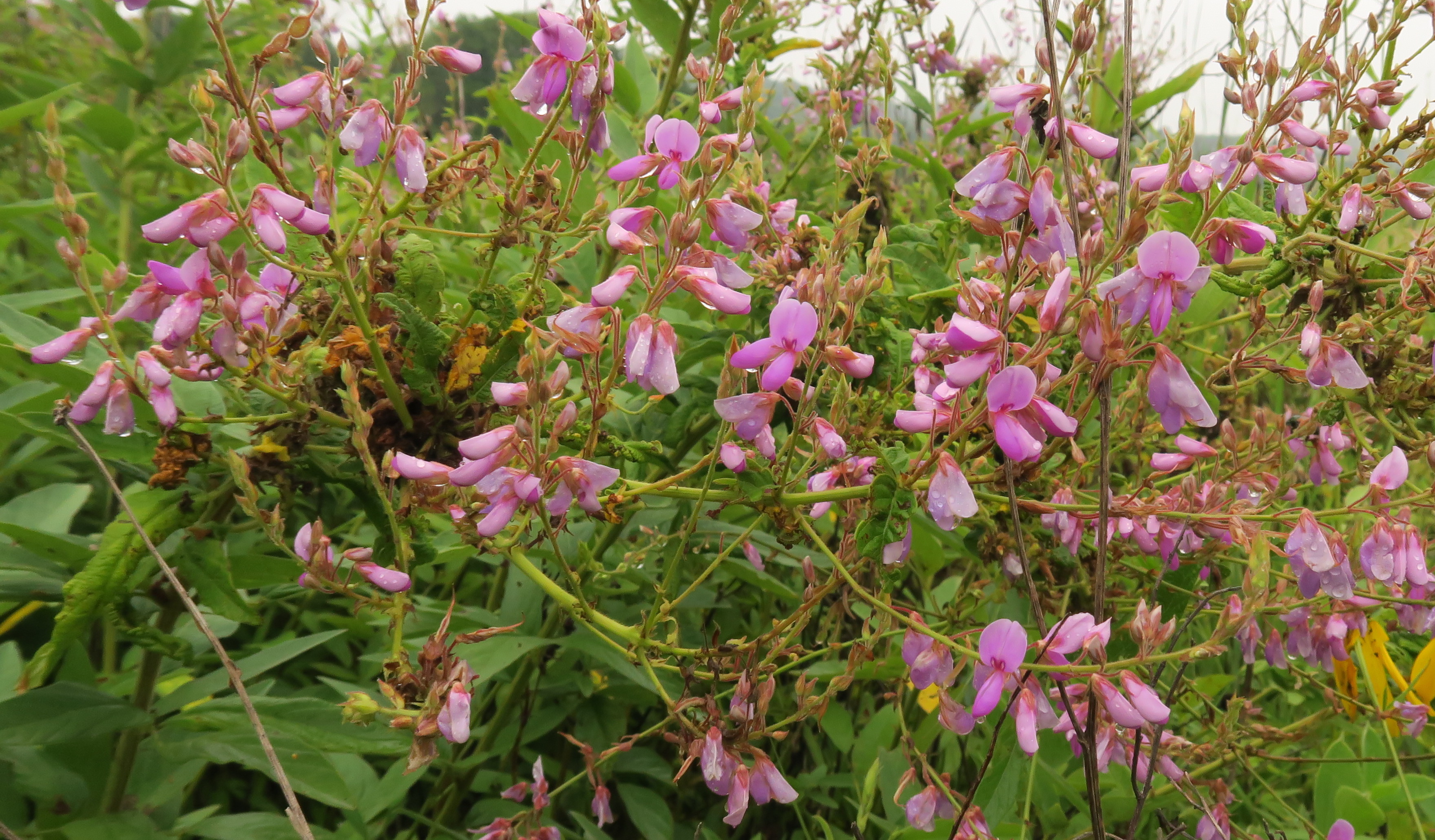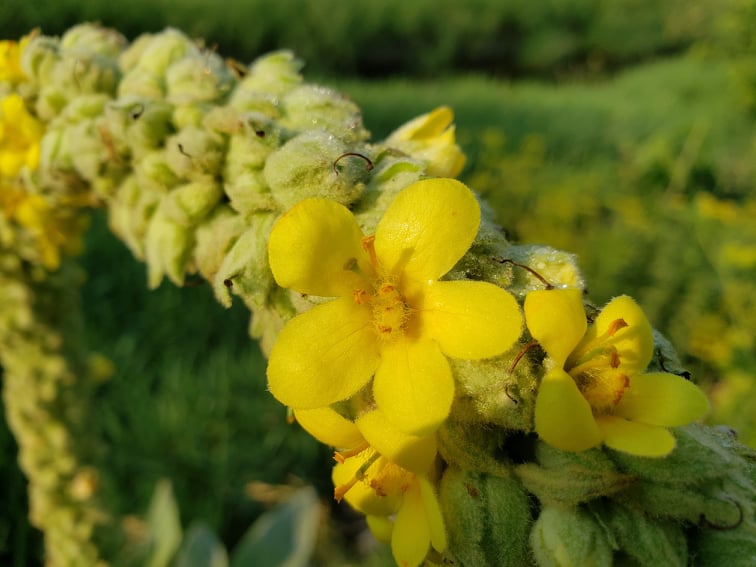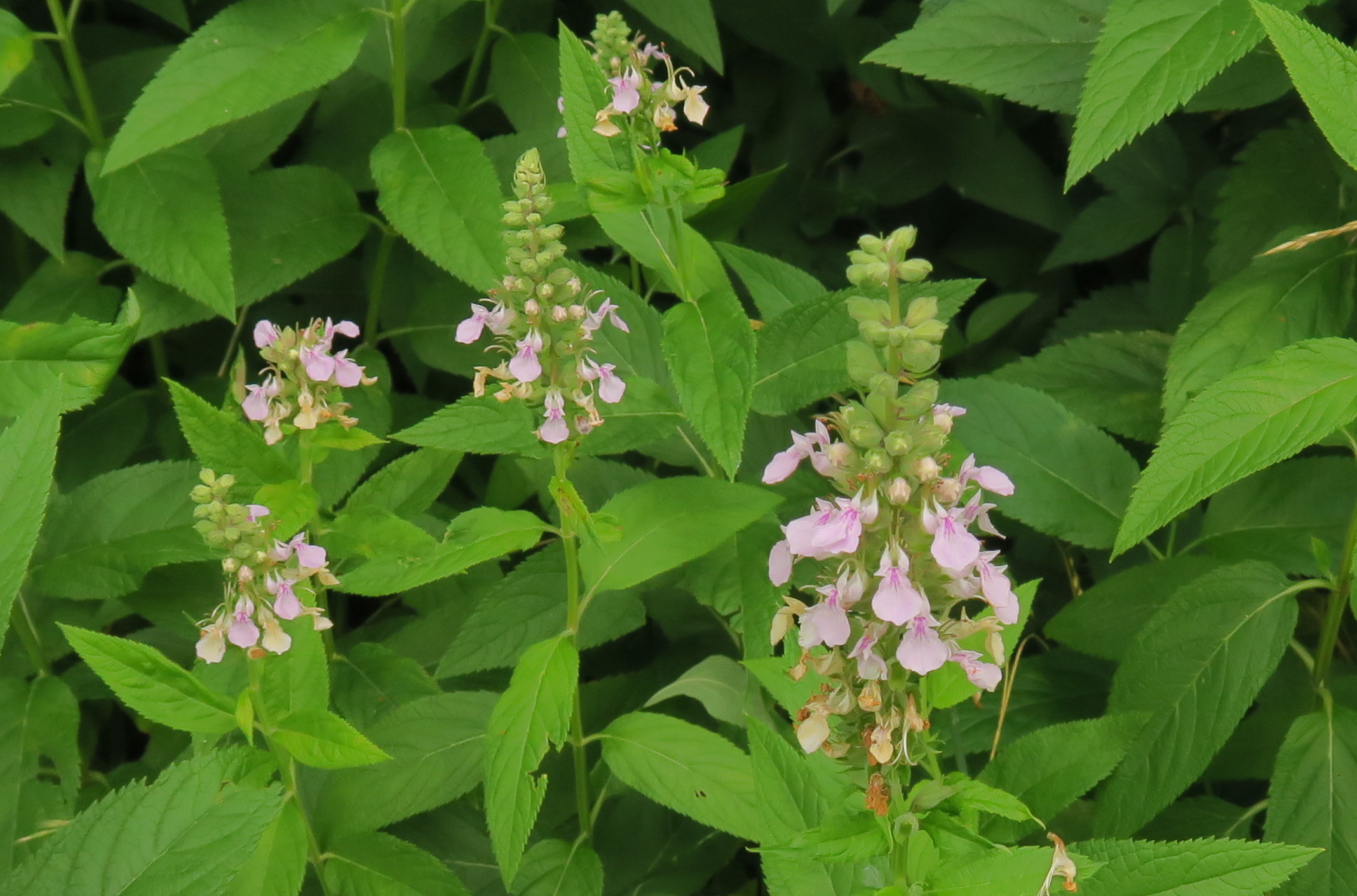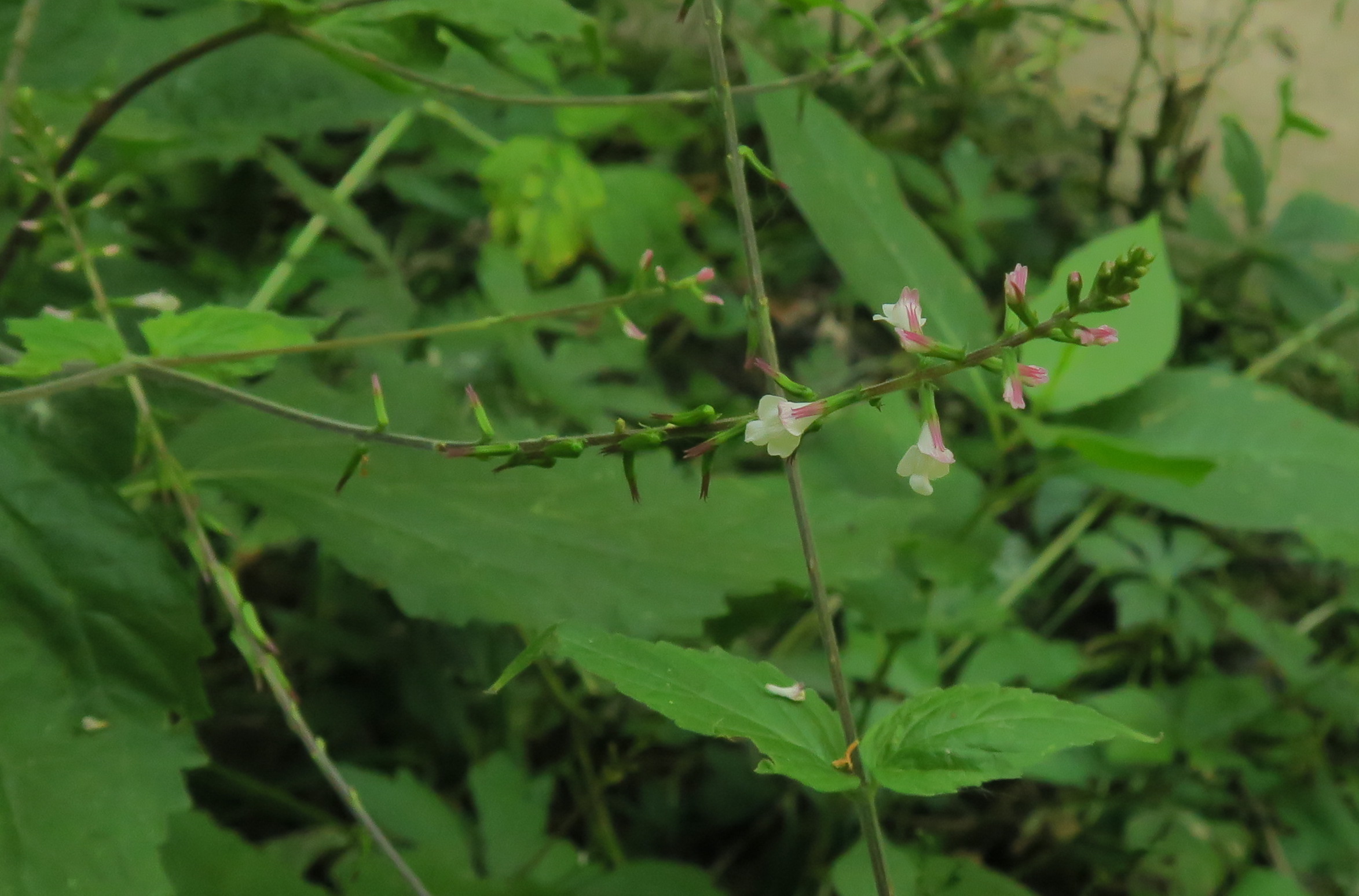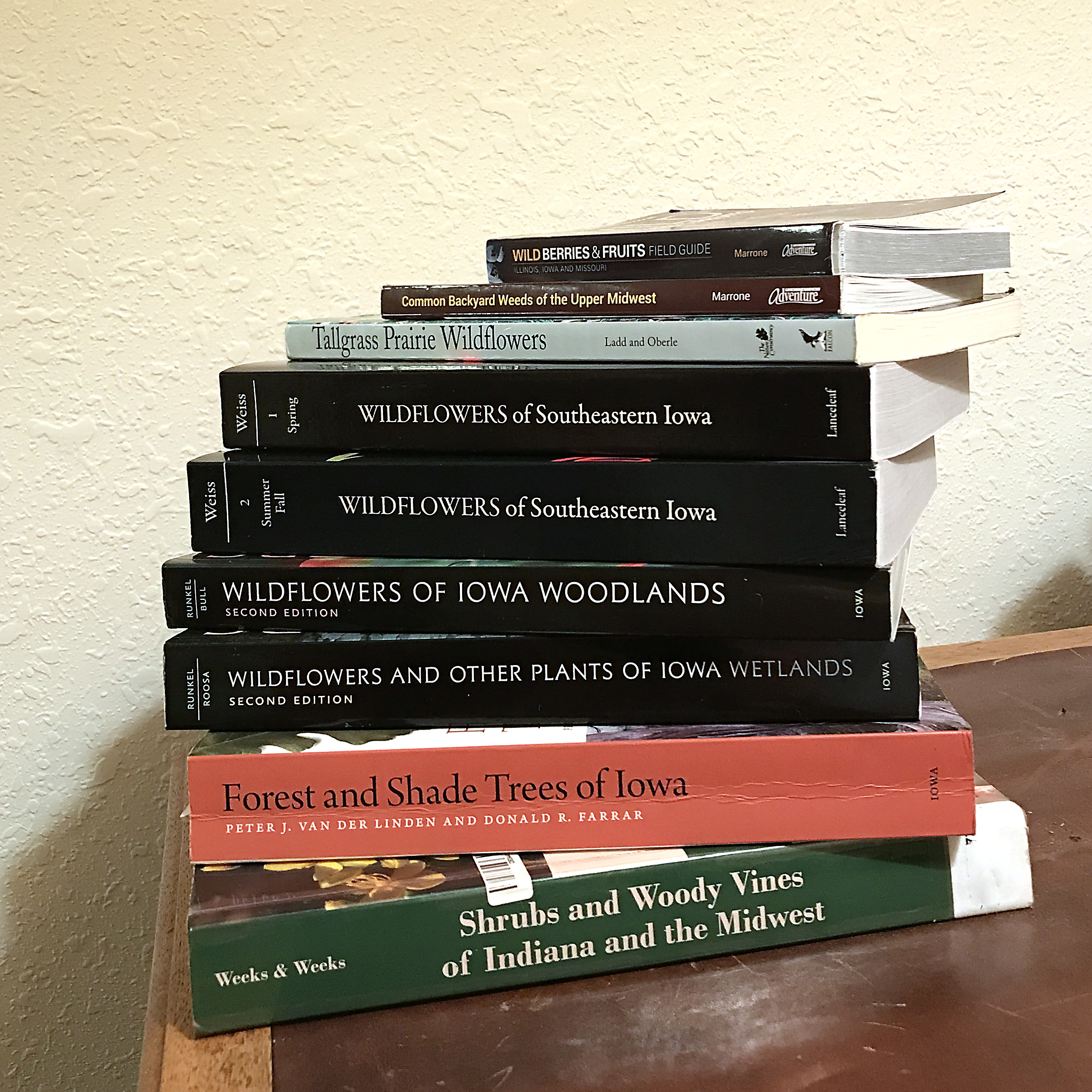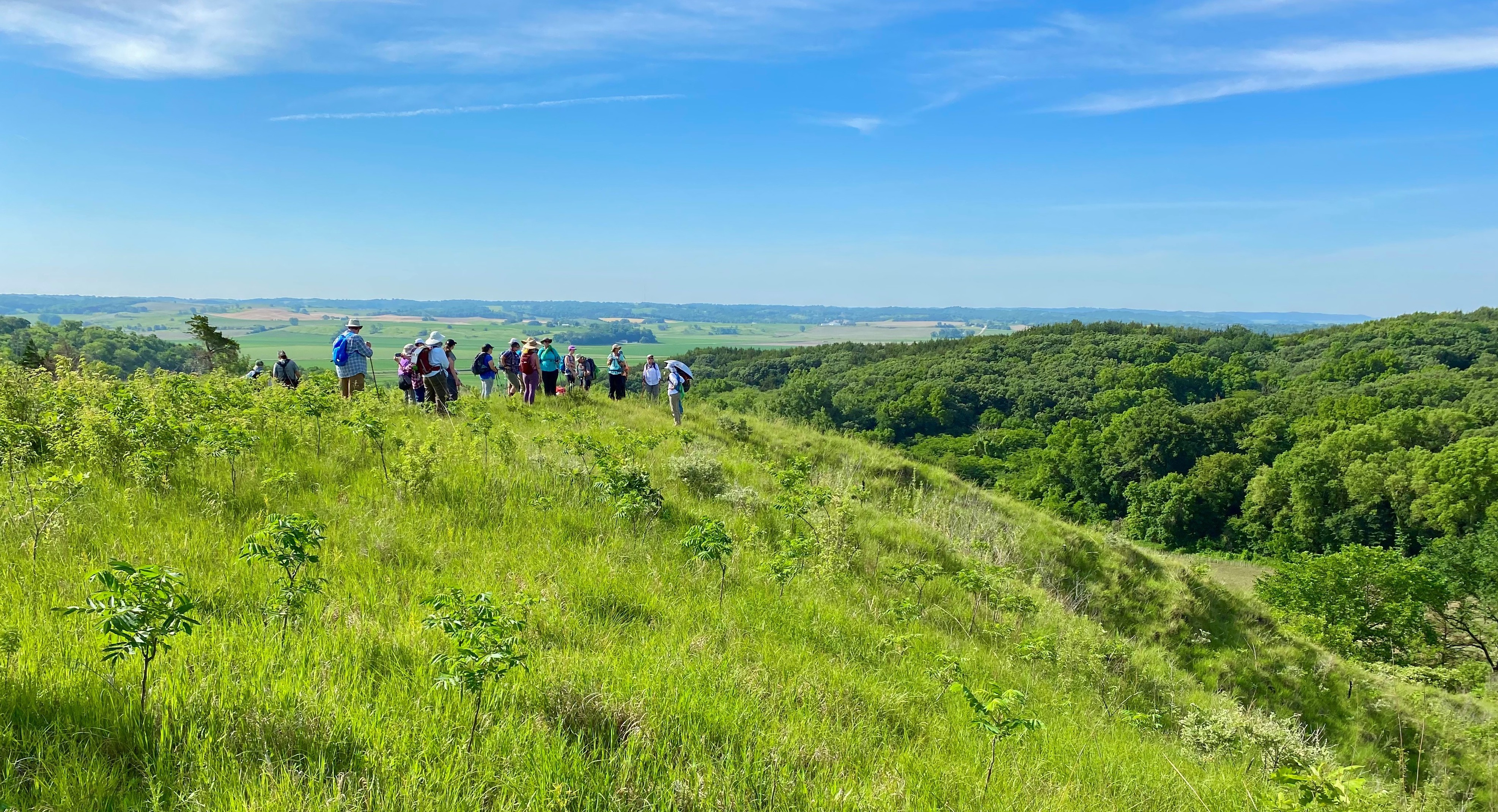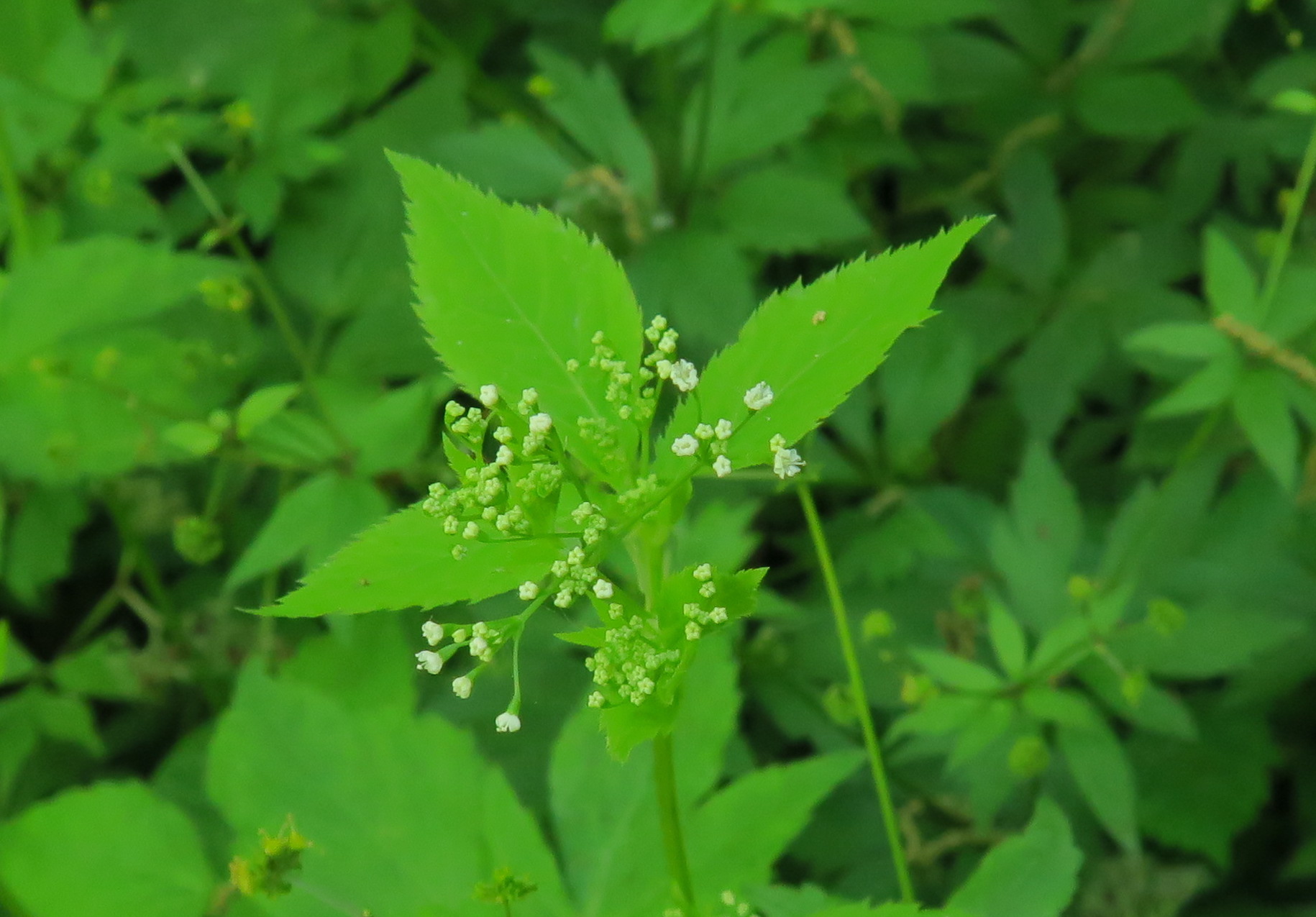Elizabeth Marilla is a mental health worker, writer, picture-taker, hiker, and mom living in Iowa. Connect with her on instagram at iowa.underfoot.
Wildflowers were a gateway to Mycophilia for me. Until very recently, I could only name and identify the most famous mushrooms I might wish for while walking around looking at wildflowers: Morel, Chanterelle, and Chicken of the Woods.
This post is dedicated the members of the Prairie States Mushroom Club, who warmly welcomed me into this bottomless new pastime during the pandemic, and who have very generously taught me many new things about the fungal biodiversity of Iowa–in particular Sarah, Glen, Roger, Marty, and Dean. These folx spotted some of the mushrooms pictured below. There are no additional forays planned for this year, but all fascinated newbies (as well as those with years of expertise) are welcome to join the club again next spring.
This post is also dedicated to the vigilant, patient, and devoted administrators of the Iowa Mushrooms Facebook page, total strangers who have been great teachers, helping me identify so many scrappy little specimens at all hours of the day and night! Impassioned beginners desperately need people like them. Luckily, it appears that the mushroom-loving community includes many genius laypeople, as well as quite a few very cool scientists.
Pictured below are ten of my favorite mushrooms found and photographed in southeast Iowa this summer and fall, with friends and often with my 3-year-old daughter. I have included a few of her recent mushroom drawings at the bottom of the post.
Continue Reading...

